|
Also available on PlayStation 4, PlayStation Vita, and Windows I Am Setsuna is the first game made by Tokyo RPG Factory, a development team created by Square Enix to focus solely on producing role playing games. For a first effort, I Am Setsuna is an extremely impressive experience. What first drew me to the game was the art style; the game has an almost watercolor aesthetic that's absolutely beautiful and the type of artistic flair that I rarely see in video games. At the core of the gameplay is your standard JRPG. There's not much in the way of frills or groundbreaking new innovations. It uses an active battle system, so it plays a lot like a modern Chrono Trigger, and as anyone who's played that game knows, anything that makes you feel like Chrono Trigger is a good thing. You assemble a party of seven characters over the course of your journey - mine were named Bhutseks, Samus Aran, Zelda, Cronoxilla, Mr. Popo, KeyGlyph, and Buttz - each of whom have their own focus and uses, leading to some diverse strategic options. The story is a mostly generic JRPG narrative with a slight variation. You, of course, are accompanying a "chosen one" - Setsuna (or, in my game, Samus Aran) - on a quest to quell a surge in monster attacks and save the world. Your main player character is from a tribe of mercenaries who always wear masks. I guess they're from Halloween Town or something, I don't know. It never explains why they always wear masks (or, if they did, I wasn't paying attention). Anyway, story elements happen, and you're part of Setsuna's guard to protect her on her journey to the Lost Lands to offer herself as sacrifice to appease the monster gods or whatever. I don't want to explain much more than that because, while not the most original thing in the world, the story is very well told, and it would be doing a disservice to spoil any of it. The art directions really steals the show here, though. The whole world is covered in snow, and that snow-covered landscape gives the game a fairly unique feel as far as 2D JRPGs go. You keep expecting the environment to change - we've become accustomed to a variety of biomes in games - but start to finish, the world is a winter painting. The visuals have an almost watercolor quality that make the game really stand out. I cannot stress how beautiful this game is. Playing on Switch, I was playing at 720p30 instead of 1080p60 on PC and PS4, but the game's art style isn't so realistic that the drop in resolution makes a huge difference (especially when that 720p is on a small handheld screen). A 60 FPS frame rate, I must admit, would have been nice, but the 30 FPS on Switch is consistent with no dips that I saw, and as we all know, a consistent frame rate is always better than one that fluctuates. I Am Setsuna is a fantastic RPG experience. For Tokyo RPG Factory's first product as a new team, it's fantastic, and it has me eagerly awaiting their next project. It doesn't break new ground for the genre, but what it does, it does very well. It has the feel of an indie game (a good one, not that dime-a-dozen pixelated shit) despite being published by a huge company and developed by a team owned and created by a JRPG juggernaut. In addition to Switch, it's available on PlayStation 4, PlayStation Vita, and PC, so most folks have a platform on which they can play it. It's not a "masterpiece," but it's an amazing experience nonetheless that I absolutely recommend to all JRPG fans. My Rating - AAlso available on iOS Super Mario Run is one of Nintendo's early forays into the mobile gaming market, but those of us who use Android-based smartphones were made to wait quite a long time compared to our iOS counterparts. Now that it's finally been released for Android, was it worth the wait? Well...kind of. Super Mario Run is an auto-running platformer, and that's a sub-genre that I very rarely play; my only other experience with this genre has been Bit.Trip Runner, and that was as much a rhythm game as it was a platformer. That said, I'm not the biggest fan of auto-runners. I LOVE platformers, but the lack of control that comes from the auto-run feature really takes me out of my element, and I find myself not enjoying it nearly as much as traditional platformers. The controls are simple; since Mario runs on his own, you tap the screen to jump. That's about it. If you hold the screen longer when you tap, Mario will jump higher. If you tap the screen while Mario is in the air, he'll do a spin to prolong his time airborne a little bit. If you tap the screen against a wall, he'll do a wall jump. He'll automatically vault over enemies, small obstacles, and short gaps. The game is fairly well made, and in addition to the 24 levels, you can do a coin rush on those levels. The visuals are pleasing, and the audio is exactly what you'd expect from Mario. While it's fun, it only takes a couple hours tops to get through the levels, making the $10 asking price feel a bit steep. On the one hand, I'm glad that Nintendo went with a one-time-payment method instead of microtransactions, but I feel like, for what you get, $5 would have been a more appropriate price tag. Honestly, that's about all I have to say about it. It's a good game, but the price is a bit steep given that it doesn't provide an enormous amount of content. I definitely recommend giving it a download, though, as the first three levels are free. If you like what you see, $10 isn't an enormous chunk of change, even if it is a bit steep for this particular game. I'm not personally a fan of it, but it's a good mobile experience. My Rating - BSuper Bomberman R is the first Bomberman game I've played since Bomberman 64. When I first saw the trailers and screenshots for this game, I got SUPER excited. It looked like the basic gameplay style of the old NES Bomberman but with the more modern art style and 1080p visuals. With a 52 level story mode (including boss fights) and online multiplayer, I was stoked for this game. After that, I was disappointed with this game. Let's get one thing clear - this is not a bad game. It really isn't. Unfortunately, it's not particularly "good" either. It's just sort of okay. There are five stages in the story mode, and each stage is broken into eight levels plus two boss fights. At the end of the second stage 5 boss fight, you have another two phase boss fight with the final boss. It's the typical mazes, power-ups, and gameplay you probably expect from Bomberman, and the little scenes sprinkled throughout the story mode are cute. Unfortunately, I wasn't able to find a match online. I don't know if there wasn't anyone playing when I was this morning or if they're doing server maintenance or what, but it couldn't find a game when I selected quick play. The gameplay itself is actually a good bit of fun, and it would be a fantastic game if it weren't for one big issue - the controls. There's been a patch released to fix some input lag issues, but I didn't start playing until after that update was released. I first started playing with the pro controller, but I soon moved to playing in handheld mode. The controls with the pro controller, using both the left control stick and the D pad, felt extremely slippery and imprecise. Using the separate directional buttons on the left Joycon certainly felt better, but at no point did the controls ever feel truly comfortable. Honestly, since I wasn't able to try the online play this morning, there isn't a whole lot left to say. The game's okay. It's not great, but it's certainly not bad. If you're a fan of Bomberman or want a good multiplayer game, then I definitely recommend it. If you're just the average Switch owner with no particular affinity towards Bomberman, however, I'd say pick it up if you find it on sale for cheap, but don't go out of your way for it. It's pretty good, but it's not amazing. My Rating - BAlso available on Wii U Unless you've been making a point of avoiding any gaming-related news, you've undoubtedly heard that The Legend of Zelda: Breath of the Wild has made quite a splash since its release on March 3. It's broken Metacritic's record for the most perfect scores, and its average Metacritic score is a 97 (for reference, the highest average rating for a game is The Legend of Zelda: Ocarina of Time's 99). All of this is despite the fact that it's running on either sub-par or extremely outdated hardware in terms of graphical power (depending on if you're playing on Switch or Wii U, respectively). Does it live up to that hype, though? Does it really deserve its spot as - based on number of perfect scores from critics, at least - the greatest video game of all time? I offer here my as-objective-as-possible-for-a-long-time-Zelda-fan opinion. Let us begin with a brief synopsis of the game's story. Being a Zelda game, the basic plot is obviously "Ganon has returned to conquer Hyrule, and it's up to Link to wield the Master Sword and save both Princess Zelda and the world." This game is the same...but at the same time very different. Link begins this journey awaking in a sarcophagus filled with a pool of some sort of ethereal water inside some manner of underground shrine. As he gets his bearings, he hears a voice, faint yet distinct. "Link..." the voice calls. "Link...." a bit louder. The disembodied voice beckons to Link, ushering him to a terminal in the corner that holds an ancient Shieka tablet - an obvious nod to the game's origins as a Wii U exclusive. When you leave the Shrine of Resurrection, you find yourself in a clearing high atop a plateau overlooking the realm of Hyrule. For any player, the view and sheer vastness is breath-taking; for a veteran Zelda fans, it's downright emotional. Very quickly you realize that this is no ordinary entry in the Zelda series. This is the fulfillment of the promise made by Ocarina of Time - a vast Hyrule filled with unique fauna and flora, rich lore, and vibrant landscapes begging to be explored. You see what appears to be an old hermit and, with no other direction with regards of what to do next, you approach him and encounter the next drastic change to the Zelda formula - actual legitimate voice acting. There's no Bethesda level of voice acting here, though; Nintendo chose to use voice acting as one would use paprika. There's enough to accentuate the mood and add a feeling of life and vibrancy to the game, but there's never enough for it to take center stage. Here, while still on the Great Plateau, you will encounter the only remotely "linear" thing about this game. Whereas other Zelda games have a distinct "this dungeon, then this dungeon, then this dungeon" direction to them, the closest you get to that in Breath of the Wild is the pseudo-tutorial at the start. After that, it's up to you if you want rush straight to Hyrule Castle and defeat Ganon with three hearts and a stick or choose to spend the next 50 to 100 hours exploring Hyrule, conquering shrines, earning heart upgrades, and building an arsenal of weapons to make Hannibal Barca tremble in fear. Even within the latter option, do you go from one Divine Beast to the next - the game's primary "dungeons" - and then straight to Ganon, or do you take your time, wander aimlessly, and let Hyrule take you wherever the pleases? That's what makes this so different from any other Zelda game - the freedom to do - or not do - whatever the hell you damn well please on your journey to seal Ganon and restore peace to Hyrule. Do not, however, approach this game expecting Skyrim. This is no RPG. There's no experience, and defeating enemies earns you nothing save for the materials they drop. Completing quests rarely provides you with any substantial reward save a feeling of satisfaction, and the only crafting of any sort in this game is cooking. This is very much an adventure game, not a role playing game. The only way to "strengthen" Link is to equip him with better weapons, better armor, and trade Spirit Orbs for stamina upgrades or heart containers. This game is not about building a character and becoming a mighty warrior to make gods cower. This game is about exploration. This game is about immersion. This game is about experiencing Hyrule and the realization of our childhood fantasies about that magical land when all we had were 8 or 16-bit sprites. While games like Skyrim, Dragon Age, and Far Cry certainly include several of those things, they make up the core essence of what this game is. Let's take a break from my abandonment of objectivity and look at some more quantifiable aspects of the game. Visually, Breath of Wild isn't Skyrim Remastered or Far Cry Primal. The hardware just can't support the kind of cutting edge graphics some people have come to expect. It does, however, look absolutely beautiful nonetheless. Yes, if you slam your face up against a rock, you'll see the lower quality textures. The game lacks the degree of anti-aliasing that open world games on stronger hardware feature. Enemies and environmental models don't appear until you're within a certain distance. These are undeniable, and if what you want is a photo realistic experience, then this game might not be for you. What it does do, however, is take Skyward Sword's blend of realism and cel shading and perfect it. There's a distinct cartoony hue to the world, but it's subtle, as if viewing the world through a cartoon filter. While not striving for the realism that Fallout and Elder Scrolls attempt, Breath of the Wild does capture an artistic beauty that - in my opinion - those games fail to achieve. Truthfully, the only area about which I can really levy true complaints is performance. While I've only played on Switch, from what I understand, both the Wii U version and the Switch port suffer from occasional and at times severe frame rate drops. Almost never does this truly interrupt the game, but they are noticeable. Were I to hazard a guess, I would wager that these issues occur for different reasons on each system - the Wii U is being taxed to its limits, and the Switch is running a port of a game that was designed for a system with a totally different architecture running on an engine designed for a system with a totally different architecture. The important thing, however, is that while these performance drops are indeed irksome, they do not hinder gameplay in any real way, and I encountered no bugs of any kind outside of those occasional frame rate drops during my roughly 90 hour playthrough. Another thing that long-time Zelda players will notice about this game that is extremely different from previous entries in the series is the relative lack of music. The Legend of Zelda has long been known for its outstanding music - among the best in the entire gaming industry. The worldwide tours of the Symphony of the Goddess can attest to that. Breath of the Wild certainly has music, but it's very light and subdued for the most part. Certain parts or battles have some nice fight music, but by and large, the sound design puts the focus on the ambient sounds of the world, not a musical score. At first, I found this disappointing, but the more I played the more I really got sucked into the open world of Hyrule, the more fitting it began to seem. With regards to combat, the game leaves it very much up to you how you want to approach that. With the exception of one quest, stealth is never forced (and really, if you want to Rambo it, you can technically get through that dungeon without steal; it's hard af, but I managed it). If you sneak up behind an enemy unnoticed - aided by crouching and either wearing stealth armor or using a stealth elixir - you can perform a sneak strike, dealing massive damage and often instantly killing your foe. You could also choose to fight from range, learning your bow's arrow drop and raining death on your enemies from above. Headshots deal massive damage and stun, so that's an attractive option. If your targets are at the bottom of a cliff or ravine, you can stand at the top and just drop bombs on them. Since bombs are unlimited, that's an option I chose more than a couple times with particularly powerful and well-placed foes. You can, of course, choose my method of choice - run in screaming with a sword and massacre everything breathing. While there aren't levels, per se, in Breath of the Wild, some enemies are DEFINITELY more powerful than others, and you'll quickly learn which enemies you can rush and which need either careful planning or to be avoided entirely. Some random field enemies will prove much more difficult than bosses - including, in one or two instances, Ganon itself. If you want to get your favorite armor set fully upgraded and take advantage of that set bonus, however, these enemies are going to need to be farmed for drops. Some also have certain weaknesses; some may be especially vulnerable to arrows aimed at a particular weak spot or a certain type of arrow like ice or fire. Learning what tactic and what weapons to employ against each enemy is critical for success. Within the world of Hyrule, literally over a thousand secrets await you. There are 120 shrines hidden throughout the game, 900 Koroks hidden for you to find, and at least four secret or otherwise hidden mounts. There are hidden easter eggs, special items, and references to past games for those willing to put in the time and effort to seek them out. If you have amiibos or a friend with them, then there are whole sets of armor and weapons that are exclusive amiibo unlocks including Epona herself. This is a game that definitely encourage exploration and reward thoroughness. Throughout the game, you will find memories of Link from 100 years in the past when he, Princess Zelda, and the other four Champions first did battle with Calamity Ganon before his near-fatal wounding and memory loss. These memories are fully voice acted cut scenes, and they enhance the story telling and character development in this game in a way that has never been seen before in The Legend of Zelda. Zelda herself has her character developed wonderfully and in such a way that will likely leave most players wanting to know more of this brilliant and anguished princess. It is my hope that this level of character development is the start of a new norm for the series as it truly elevates the experience to something that's always eluded the series in my opinion. There is no such thing as a perfect game; even the most rigorously tested and painstakingly developed game will have SOMETHING that could be improved. The Legend of Zeda: Breath of the Wild is no different, especially with regards to the aforementioned frame rate drops. Despite that, however, it truly is a masterpiece in every sense of the word. This game is not a yearly cash grab for which Activision and Ubisoft are infamous, nor is it a wonderful but bug-ridden game as Bethesda is known for releasing. This is a true work of art with a visual style gorgeous but well away from the Uncanny Valley, a narrative that is beautifully written and characters purposefully developed, and a musical score that does only what it needs to do in order to underscore the mood and tone of the game. As with any product of human effort, there are flaws, but this game perfectly captures what Shigeru Miyamoto meant when he said "A delayed game is eventually good, but a rushed game is forever bad." Breath of the Wild faced MANY delays, resulting in leaving the Wii U the dubious "honor" of being Nintendo's only home console (and only its second dedicated platform in general after the Virtual Boy) without an exclusive Legend of Zelda game, but now that the game finally has been released, it was well worth the four year wait and then some. My Rating - SWhen I first saw something online about Vroom in the Night Sky, I was excited. "Cool!" I thought, "A kart racer with cute magical girls!" Unfortunately for me, it was not cool, it was not a kart racer, and the magical girls aren't all that cute. I mean, they're okay, but the polygons are really rudimentary for a system with the Switch's strength. This was, without a doubt, the worst €8 I've ever spent (I downloaded it on my French account). The game is broken into eight levels, each as boring as the last. You can access the first five levels just by clearing the previous levels. The last three levels require the purchase of specific bikes in the shop with Stardust that's exceptionally boring and annoying to gather, and these magical bikes cost way more stardust than they're worth. Each level plays like the ring levels in Superman 64 except easy with no difficulty whatsoever. You have to fly through a series of star rings to unlock the exit. That's it. That's the whole objective. Halfway through the level, a rival magical girl will appear. This doesn't really add anything to gameplay, however, as your rival does nothing to interfere with your completion of the level. All she does is fly around and steal stardust, but that's not really a threat because it keeps respawning. You have finite fuel, but it drains EXTREMELY slowly (I've never gotten below 90%), and you can always fly to the middle of the map to refuel. The whole game is just extraordinarily boring. But the visuals are redeeming, right? No. No they're not. It honestly looks like it's an upscaled WiiWare game. The textures are so basic that they're almost not textured at all, and the polygon models are extraordinarily bland. "Uninspired" might be the most appropriate word for the game's visual style. The worst part, however, other than the boring gameplay, is the translation. You see crap like "Are you the first time to play this game?" "Attention to Drowsy Riding! OK?" "It is a sky. It is a completely sky." I know that the developer is a small studio with an extremely limited budget, but surely there was a better option than Google Translate. This reads like a C student's high school project. It's a minor gripe, I realize, as it doesn't actually affect gameplay (what little there is), but it's just sloppy work. Vroom in the Night Sky is the epitome of disappointing Switch launch games. Even Red Steel back on the Wii was a better, more robust, and more enjoyable launch experience than this. The gameplay feels more like a pre-alpha demo than a full release game, and the visuals look like a Unity tutorial. The sound design is bare minimum, and the translation is on par with that of a high school foreign language class, and not top of the class. Avoid this game. Truthfully, I enjoyed this game less than I enjoyed The Letter on Wii U, and that's saying something. My Rating - FAnyone who saw any of the promotional material leading up to the release last week of the Nintendo Switch probably saw something about 1-2 Switch, the collection of party minigames that serves as the Nintendo Switch's equivalent of the Wii's Wii Sports or the Wii U's NintendoLand, and you can tell that it's main purpose is to show off the Joycons' "HD Rumble" feature (which, by the way, is FREAKY awesome). While the game probably should have been a pack-in, and it DEFINITELY shouldn't have cost $50, it is a ROCK solid party game if you've got a copy (or a friend with a copy). 1-2 Switch feels a lot like the WarioWare series in a lot of ways. The whole game is just a collection of minigames, and these minigames are plentiful, extremely diverse, and far removed from anything you'd probably expect. They also - with one or two noteworthy exceptions - are a LOT of fun when you've got a friend or two (or three) with you. Ball Count is exactly what the name implies - you coun't balls. Let me explain. You and your opponent each hold a Joycon representing a box with a set number of balls in it. You have to tilt the Joycon back and forth and use the HD Rumble to determine how many balls are in the box. Then you guess. Whoever gets closest wins. It sounds stupid, but it's REALLY cool given how well the HD Rumble works. Milk is....weird. You milk a cow. That's the whole game. You have to move the Joycon up and down while making sure the push the shoulder buttons in the right order (gotta squeeze at the top before you squeeze at the bottom), and whoever fills more bottles with milk wins. What makes this great is that you're looking each other dead in the eye when you're squeezing milk (and, if you're like me, making awkward, homoerotic faces). Telephone is a neat one. You each set the Joycon down on the table in front of you, and you're given a specific ringtone for which to listen. When you hear that specific ringer, you pick up the Joycon and say "Hello?" and whoever does so fastest wins. The trick, however, is that if you pick it up on the wrong ringer, you automatically lose. Treasure Chest is simple but really satisfying for some reason. You've each got a treasure chest wrapped up in chains, and you have to tilt your Joycon around to move the chest and unwrap the chains. Whoever frees his or her chest first wins. Zen is one that I can see being rather polarizing but that I thoroughly enjoyed. You hold the Joycon in your hand and assume whatever yoga pose is displayed on the TV screen. Whoever holds that pose best with the fewest movements wins. For one who took a yoga class in college and actually really enjoyed it, I'm a big fan of this one. Quick Draw is the one that I thought looked the coolest on the reveal stream. You look each other in the eye, Joycon at your side, when the announcer guy says "FIRE," you lift your Joycon and pull the trigger. Whoever shoots first wins. It's so simple but SO much fun. Fake Draw is a variation on Quick Draw; it's the same thing, but the announcer will shout random words starting with F with no indication of when he's going to say "Fire." Whoever shoots first when he does say Fire wins, but if you shoot on a different word, you lose. Safe Cracker also uses the HD Rumble. You have turn the combination mechanism on a safe until you feel the pins click. The different rumble for the click of the pins is more subtle than some of the other HD Rumble uses, so some people have trouble feeling the difference, but I could tell when the vibration was different. This one is a really neat, subtle use of the HD Rumble that was quite reminiscent of unlocking safes in Red Steel 2 on Wii. Samurai Training is a silly one, but it's a lot of fun. One person holds the Joycon above his head (as if holding a sword) and swings down; the other person holds the Joycon in his hand and has to figure out when the opponent is actually swinging down (rather than just feinting) and clap his hands together in time to catch the sword before it hits him in the head. Signal Flags is basically Simon Says with cute sailor girls. You hold your Joycon as if it were a signal flag, and you have to hold it whichever way the woman tells you and the OPPOSITE of whichever way the man tells you. Whoever does this more accurately wins. Sneaky Dice was okay. It's more luck than anything else, so I wasn't the biggest fan of it, but it's pretty good if you want to gamble. You and your opponent each use your Joycon to roll dice. Yours vibrates to tell you what your opponent rolled and vice versa. You can reroll up to two times, and part of the goal is to try to get your opponent to reroll if you think he has a good roll and to keep if it you think his is bad; in the meantime, he's doing the same thing to you. Do you lie to him, or do you tell him the truth in hopes that he'll assume you're lying? You only get half the picture, though; if your opponent rolled a four, is that two 2's - a good roll - or a 1 and a 3 - a shitty roll? That's where the luck comes in; you have no way of knowing HOW the two dice added up to whatever your opponent rolled. Soda Shake is WAY more fun than it should be. You only use one Joycon for this game, and it's like Jenga with a soda bottle. You shake it as much or as little as you want and pass it to the next person. That repeats over and over again until someone shakes it so much that it pops, and that person loses. It's such a simple thing, but it's a LOT of fun. Baby is, without a doubt, the stupidest part of this whole minigame collection. You have a crying baby - the worst thing about babies except for the smell - and you have to rock the Switch console as if you're rocking a baby and get it to shut the fuck up. Then you have to lay it down on a flat surface and hope the little shit stain doesn't start crying again. Whoever does that fastest wins. It's stupid, it's not fun, and it just reinforces my desire never to procreate. Baseball, on the other hand, while a bit bare-bones, is pretty entertaining. One person is the pitcher and can throw either a fastball or a change up. The other person is the batter and has to use sound and vibration to determine what type of pitch it was and when to swing. You keep swinging until you get three outs, and then you SWITCH (sorry, I had to). Then your change roles. Whoever scored the most points by the end of the inning (the game starts at the top of the 9th) wins. Joycon Rotation is another one that shouldn't be as fun as it is. You each set your Joycons on the table and take turns picking it up and carefully rotating it. If you jiggle it too much, you lose your turn. Whoever has rotated it the most at the end of three rounds wins. It's simple, it's stupid, and it's extremely addicting. Shave is one that could be a lot of fun but that I found rather disappointing and underwhelming. You use your Joycon as an electric razor and shave your beard. Whoever shaves the whole thing first wins. Of course, you can't see what you're doing - you have to go by the vibration to tell you whether you're shaving hair or an already shaved area - but it's not particularly accurate, at least not with where on your face you're shaving (although, in fairness to the game, with differing face sizes and shapes, that's somewhat to be expected). There were times where I was shaving my upper lip by moving the Joycon up to the top of my forehead. It's fun, don't get me wrong, but it doesn't seem quite as accurate as one might hope. Table Tennis is exactly what it sounds like - ping pong. You have to pay careful attention to the vibration of your Joycon to tell you when you to swing your paddle, and whether your hit R or ZR (or L or ZL depending on which Joycon you have) will determine if you spike it or lob it. It takes a little bit of getting used to, but it's a lot of fun once you do get used to it. Beach flags is another fun one, especially if you've been drinking. You take your Joycon and "run" across the beach to reach a flag first (you run by basically vigorously jacking off your Joycon, so single men will probably always win). Boxing Gym is a lot of fun, and it's a big step up from Wii Sports' boxing game in my opinion. You're not fighting one another, per se, but you're competing in a training session. The coach will say "uppercut," "hook," or "straight," and that's the kind of punch you have to throw. Whoever is more accurate with throwing the right kind of punch wins. Eating Contest is...interesting...but not particularly fun. You hold the right Joycon with the IR sensor pointing at your mouth and open and close your mouth as fast as you can to eat as many sandwiches as you can in the time limit. Plate Spin has you take the role of clowns trying to balance spinning plates on a stick. The way to "win" is to try to make your opponent drop his plate. However, when I played this, I just got punched in the face (thanks, Paul). Sword Fight is probably my favorite game on here. It's a bit hard to know exactly what you're doing since you obviously can't see your sword, but it does differentiate between vertical and horizontal slashes and incorporates blocks. It's challenging, but when you get a good fight going, it's a LOT of fun. Wizard is a pretty neat one. You know those really dramatic wizard duels in Harry Potter where they're trying to overpower one another's magic beams? That's what this is. You need to make sure that you have a good amount of space since you'll be "throwing" a lot of spells, but it's a neat duel. Air Guitar is another one that's really stupid. I never could figure out exactly how the scoring works, and it's honestly just not all that fun. I have more fun doing air guitar on my own to a song that I actually pick and like. Copy Dance is one that's especially fun with silly groups. You take turns doing dances for one another to mimic, and whoever mimics the dances the most accurately wins. I can't WAIT to try this with a group of friends after drinking. Dance Off is somewhat similar except that the computer gives you the dance moves that you have to perform. Runway is hilarious if you get a group of really masculine guys; you have to do the stereotypical runway walk complete with swaying hips, and you're scored on accuracy. The last game, Gorilla, is...interesting? But stupid. You have to make motions of beating your chest (but it specifically tells you not to actually hit your chest) with the set rhythm. You do all this to try to encourage a lady gorilla hiding in the bushes to sleep with you. Weird. 1-2 Switch isn't a perfect party game, but it is a DAMN good one. It's a bit overpriced, and it probably should have been a pack-in game, but it's still definitely worth owning in my opinion, even with the steep price of entry. It's potential for adding a huge fun factor to any party can't be overstated, and I think people haven't given this one the credit or attention that it deserves. My Rating - BAlso available on Switch and Windows I'm typically not one for fighting games. I am, however, very much one for anything Neo Geo, and since SNK is the king of fighting game makers, there are a lot of fighting games there. I'm typically very picky about my fighting games simply because I'm not a big fan of the genre. To some, that may seem a bit counter-intuitive; it's typically those who ARE huge fans of a genre that get particular about titles and features. For me, however, because I don't have any special affinity for fighting games, I tend to get bored with them very fast. SNK vs Capcom, however, manages to keep me interested, and that's due in part to its well executed simplicity. The game features 18 playable characters - nine SNK characters and nine Capcom characters. Truthfully, I haven't messed around much with most of these characters; once I saw that Morrigan from Darkstalkers was a playable character, I was pretty much set. She's basically my Capcom waifu, so I never really bothered playing with anyone else. The game features three primary game modes - 2v2 tag team fights, 3v3 queue fights, and the classic 1v1 fights - as well as an "Olympic mode" that essentially serves as a collection of themed minigames. In addition to the 18 playable characters, there are an additional 18 non-playable characters that appear as bosses, rivals, etc. Between the playable characters, the non-playable characters, and the minigames, the game makes excellent use of source material from both companies' treasure trove of IPs. Being a handheld game from the late 1990s, SNK vs. Capcom obviously has its limitations, but it's a surprisingly competent fighter despite that. The controls are extremely responsive, and the Neo Geo Pocket's arcade style 8 way control stick makes combos and maneuvers a breeze to pull off. The characters have been beautifully recreated in a chibi style that really works for the system and screen size, and if I'm not mistaken, this was the first time you ever saw a crossover between SNK and Capcom fighters. While the mechanics of the game do a great job of blending SNK's style with Capcom's style, the game definitely feels like a Capcom fighter. What I mean by that is that if you were to try to make an analogy of what the game feels like to play, it definitely feels more like Marvel vs. Capcom than Samurai Shodown. While SNK makes some of the best arcade fighters of all time, that's not necessarily a bad thing; Capcom has made some EXCELLENT fighters, so taking a page or two from their book on controls is a good choice. Typically for fighting games, you want four or six buttons. The Neo Geo Pocket only has two buttons, however. How did SNK get around this issue? Well, it's imperfect solution, but given what they had to work with in terms of inputs, it's a pretty functional one. How long you depress a button will affect the action the character performs. The longer you hold a button down, the stronger the attack is. Quick taps? Light attack. Hold it down for a good while? Strong attack. In this way, they used the pressure applied to the buttons to mimic the three punch/three kick control style that Capcom tended to implement. Sure, it would have been better to have four or six buttons, but it's a clever and well designed way to get around that input deficit. Taking this game in the context of when it was released and considering the hardware it ran on, Match of the Millennium: SNK vs. Capcom is an almost pefect handheld fighter. Playing this on the Neo Geo Pocket Color makes me feel the same kind of way that playing Soul Calibur on the Dreamcast makes me feel; in pure awe that a fighting game works, looks, and feels this damn good on at platform that (by today's standards) limited, and like the Dreamcast's Soul Calibur, SNK vs. Capcom has stood the test of time to remain one of the greatest handheld fighters of all time. Truthfully, I'd rather play this on my Neo Geo Pocket Color than Street Fighter IV on my 3DS. My Rating - SAlso available on PlayStation Vita, Android, iOS, and Windows I've got a soft spot for visual novels. Being a gamer concerned first and foremost with story and character development, this is a genre towards which I would naturally gravitate. Visual novels are, by their nature, entirely story and character development with very little actual "gameplay" outside of dialogue options and maybe investigating certain parts of the environment. Root Letter, however, takes the strengths of visual novels and turns them up to 11. I originally played this as just a "kill a couple days until the Nintendo Switch comes out" game, but I was sucked in within the first fifteen minutes, and that game never let go. The story revolves around the main character - Max - and his search for a pen pal named Aya with whom he exchanged letters while in high school 15 years prior. When he decides that he wants to reconnect with her, all he has is her address, so he hops on a train and tries to find her only to discover that the house had burnt down, a fire which claimed a life. That life, however, was not Aya's but her mother's. Aya, as it turns out, had been dead for ten years before he and his pen pal started their correspondence. Who was his pen pal if Aya was dead? Where is she now? Why will no one talk about his pen pal? What on the surface looks like a pretty standard mystery story quickly develops into a truly god-tier visual novel experience. There are ten chapters in the game, and each chapter revolves around Max's rereading a different letter from Aya and the search for her former classmates in hopes of finding clues as to her identity and whereabouts. The individual pieces of the puzzle aren't extraordinarily difficult to put together on your own, but there is a "Think" option in the action menu that will give you a hint if you get stuck. Sometimes the game requires you to use this option in order to proceed, and sometimes it's just helpful when you might have overlooked something obvious (admit it, we all do it from time to time), so don't be afraid to select that. The characters are all brilliantly developed throughout the story, and by the end, you really feel like you know their personalities as well as if they were real people. Because I don't want to spoil this brilliant story, and there's not much to say about a visual novel aside from the story, this is going to stay brief, but I do want to comment on the visual style. The art design in this game is fantastic, adopting a psuedo-realistic design that keeps characters looking entertaining in a cartoonish fashion without losing the serious tone of the narrative. The landscapes are equally beautifully drawn, giving a gorgeous backdrop to the unfolding story. Speaking of the story, you don't get the whole story when you finish your first playthrough. There are, if memory serves, a total of five endings, each giving another piece of the story that wasn't revealed through the previous ending. What ending you get naturally depends on the dialogue choices that you make throughout the game, and each ending that you see unlocks additional dialogue choices to access yet more endings. If you're a fan of visual novels or mystery stories, you absolutely have to play Root Letter. It's available on both Playstation 4 (the version I played) as well as Nintendo Switch and Playstation Vita. The story's depth continuously increases, making you even more interested and hooked than you were in the previous chapter. If you don't live visual novels, then this probably won't entertain you, but if you are a fan of the genre or have been wanting to give it a try, then I definitely recommend this in the highest way possible. My Rating - AAlso available on Switch and Windows Normally I'm not one for sports games. Granted, tennis is the sport for which I'm most likely to make an exception (after ice hockey), but still, I rarely find myself getting much enjoyment out of sports games. I am, however, a huge fan of SNK, and I'm willing to give just about anything with their logo a try. I was not disappointed in the slightest. It doesn't quite reach the greatness of the god-tier Mario Power Tennis, but this is probably the best tennis game not featuring a mustachioed plumber that I've ever played. Being on a handheld, the simply and aptly named Pocket Tennis Color is designed around short bursts of play. To that end, the first play option is Exhibition - just a random game of tennis that lets you choose between one, three, and five sets. It repeats until you get bored and quit, but it keeps score of how many sets each player won. If you want a mode of play a bit more engaged and with a bit more length to it, there's also a tournament mode that can give you a bit more long term an experience. That is, as the name implies, a tournament styled competition. There are 12 characters to choose from, each with their own strength and weaknesses distributed among three different stats - speed, power, and defense. The visual style of the characters is a very neat, well done style you'd expect from Japan - giant heads, small bodies, and an inexplicable ability to make it look perfectly natural. The game features a total of twelve characters of whom eight are available from the beginning and of whom four can be unlocked. These four secret characters can be unlocked through the game's tournament mode. The controls are tight and responsive, and you have two different types of volleys from which to choose - one of the buttons performs a strong volley while the other performs a weak volley. Nothing revolutionary, but the controls are simple, they work, and they're easy to learn. Truthfully, there isn't a lot to say about Pocket Tennis Color. It's a tennis game. It fits in your pocket. It's in color. It's not ground breaking in any way, but it just....works. The controls are tight and never seem to have a mind of their own. The graphics, while simple, are very well done, and the color is nice and fitting. Nothing blinding but not too understated either. If you've got a Neo Geo Pocket Color, this is a great game to kill some time, especially if you like tennis. I'm not sure I can call it a "must own" for NGPC owners, but it's definitely one that you should look into if you're collecting for the system, and it's worth noting that Time Extension called it one of the best games on the Neo Geo Pocket Color. My Rating - AAlso available on Xbox One and Windows When I first played Killing Floor, I was being SUPER Captain Late-to-the-Game; Killing Floor 2 had been out on Steam Early Access for more than a year, and the full release - including consoles - was only a couple weeks off. Despite my extreme tardiness, I immediately fell in love with Killing Floor's immensely satisfying zombie slaughter. When I heard that the sequel was getting a release on PlayStation 4 with a retail version to boot, I immediately went to Gamestop and reserved a copy (after swallowing my pride for pre-ordering a game from a retail that isn't Amazon). Killing Floor 2 is a team-based shooter designed for online multiplayer, although it is important to note that the game can be played single player. It's DEFINITELY more fun online, though. As you can see, the zombies in the game are basically walking water balloons filled with blood. The game's format is survival mode, the standard length being 10 waves plus a boss. Each wave has an increasingly high number of zombies, and you get money for each kill that you can spend between waves at a vender booth for armor, more ammo, better weapons, or grenades not unlike Counter-Strike. For such a simple design, the game is incredibly fun and infectiously addictive (pun absolutely intended). You've got a handful of classes to choose from, and while you can play each class the same way if you want, they each have their own perks that, over time, will give each one a very distinct feel and role on the battlefield. One class will give you more headshot damage, one class will give you bonus armor, one class will give you extra healing, one class will give you more general weapon damage, etc. One of the coolest features of the game is the wide array of guns. Your class determines your starting loadout, but typically, you'll start with a basic pistol and some other gun (my class-of-choice gets a pistol and a random weapon). From there, you can upgrade like crazy. You can get a shotgun, a burst fire assault rifle, dual wield Desert Eagles, get a flamethrower, get an explosive scattershot pistol, get a katana and samurai the zombies to death, get a shovel and just bludgeon them to death; there are TONS of potential weapon combinations, and trying out new weapons keeps things feeling fresh and fun. There's also a strategic element to the game (although, in fairness, the primary strategy is "shoot lots of shit"). You can close doors to slow the zombies down. If you want to slow them down for more than about a second, you can weld the doors shut. I'm not entirely sure how you weld a wooden farmhouse door closed, but I managed it, and that will take most zombies a couple minutes to break through. You've got a healing syringe that you can use to heal yourself infinitely (albeit on a cooldown timer, obviously), but you can also get a dart gun that you can use to shoot healing darts at your allies. If you've got a team that isn't full of idiots like me to just sprint at shit with a katana screaming like a lunatic, you can try to set up killzones for the zombies, taking advantage of the game's wide array of weapons, although you need to watch out for zombies spawning behind you as they seem to spawn from wherever you're not. Periodically, a "slow motion" effect will be triggered. I'm sure there's an easily explainable trigger, but I have no idea what it is. All I know is that it makes headshots super easy to line up with your pistol and thus makes you feel like a TOTAL badass even if you're a total shooter scrub like me. See, this is what Resident Evil: Umbrella Corps SHOULD have been. Cooperative horde mode with actually functional shooting mechanics, more than like six weapons, an actual difficulty curve rather than Olympus Mons, and the ability to withstand more than a dirty look from a zombie. Even the bosses have to hit you a handful of times before you die in Killing Floor 2. Don't get me wrong - those bosses will fuck you up and not lose a wink of sleep over it - but it's not an instant "Game Over" if you get snuck up on one time. Killing Floor 2 isn't a perfect game. It could stand to have a little more variety in gameplay modes, and they had some real potential for a more fleshed out single player campaign. What it does, however, it does EXTREMELY well, and it's wickedly addicting. If you can find it for $15 or less, definitely pick this one up on your platform of choice. If that platform happens to be PlayStation 4, hit me up; I'd be glad to embarrass myself in some games online with you. =P My Rating - AAlso available on Amiga, Amstrad CPC, Apple II, Atari ST, Commodore 64, ZX Spectrum, Zeebo, MS-DOS, and arcade Bad Dudes is a love letter to the 1980s from itself. From the very first screen to the "You won" screen, it just screams 1980s 'tude, and just listen to the name - Bad Dudes. That's seriously the name of the game. Not only is this game stylish af, however, but it also asks the really important questions that we should all ask ourselves at some point - are you a bad enough dude to rescue the president? The basic premise of Bad Dudes is that a group of evil ninja (probably communists) called Dragon Ninja has kidnapped the president of the United States, and as a patriotic, freedom loving bad dude named either Blade or Striker, it's your job to introduce these bad hombres to your fists and your feet which you've probably named, Freedom, Truth, Justice, and The American Way. You punch, kick, and liberate your way through seven stages filled drug dealers, rapists, murders, and liberal professional protesters as you fight to free President Ronnie (even though he looks just like George H. W. Bush) and remind everyone in your way why democracy is the best. In all seriousness, however, Bad Dudes is one of the most mediocre beat em ups for the platform. Beat em ups weren't exactly hard to find in the 8-bit and 16-bit eras, and Bad Dudes does nothing to stand out from the crowd aside from being completely and utterly (and awesomely) ridiculous. The controls are okay, the hit detection is iffy, the sprite movement feels a bit jerky, and there's a lot of flicker. It's a fine, functional game, but nothing about the actual gameplay is very extraordinary. I've not played the original arcade game to compare, but I have a feeling that the translation from arcade to NES wasn't as smooth for Bad Dudes as it was for Double Dragon or Teenage Mutant Ninja Turtles. One thing that DOES kick ass about the game is the weapons. I mean, there are only two - a pair of nunchuks and a dagger - but those two weapons are SUPER BAD. And by bad I mean good. The dagger doesn't have a lot of range, but you're stabbing people in the face, so who cares? The nunchuks are the best weapon, though, combining great range with devastating attack power. These aren't terribly uncommon drops, and you have them until you die, so it's not too terribly difficult to find a keep a weapon. At the end of each stage is a "super warrior" boss, and these bosses can range from easy to cheese to cheap as hell. There's one boss with a bo staff who's just the cheapest little MFer and drives me INSANE. On the other hand, you've some Robocop looking dude who, if you can get him into a corner, you can jump kick into submission without taking any damage if you can get your timing right. The hardest part of the whole game is the last half of stage seven, though. That has you go through a boss rush, fighting all six of the previous stages' bosses and THEN fighting the game's final boss. It's not undoable, but you'll definitely need some repeat gameplay because learning the attack patterns of these bosses is an absolute must if you plan to survive long enough to make it to the final boss. All in all, Bad Dudes is a pretty decent game. It's not amazing, and there are much better beat em ups on the system, but if you can find it for $5 or so, it's worth picking up just to say "I have a game called bad dudes, and I am definitely a bad enough dude to rescue the president" if nothing else. If you've got a friend who has it and will let you borrow it or if you are a punk ass bitch who uses an emulator on a PC, then it's definitely worth giving it a go, but don't expect a masterpiece. My Rating - C |
I'm a teacher.And I like to play video games. I like to collect video games. I like to talk about video games, and I like to write about video games. During the day, I teach high school history; during the night, I spend my spare time gaming. Then I write about it. Archives
April 2024
|
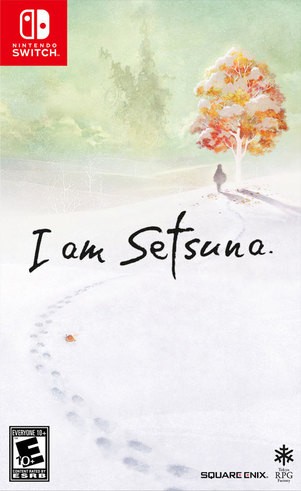
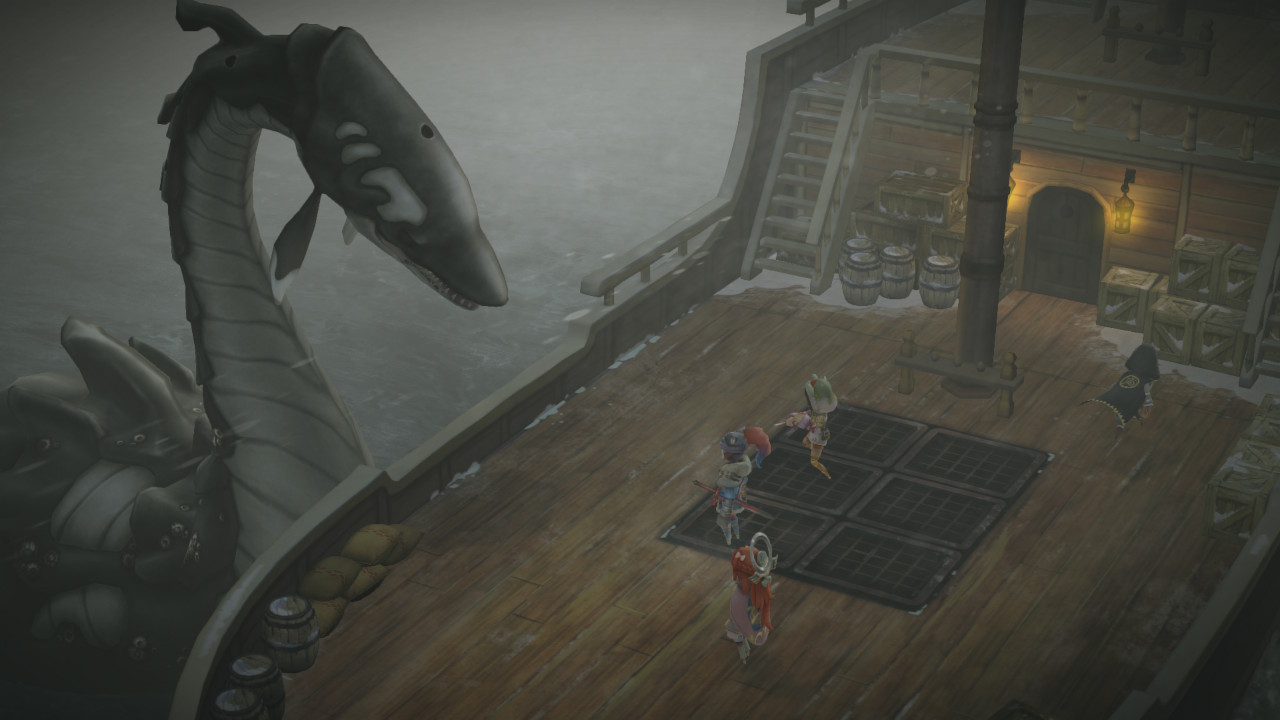
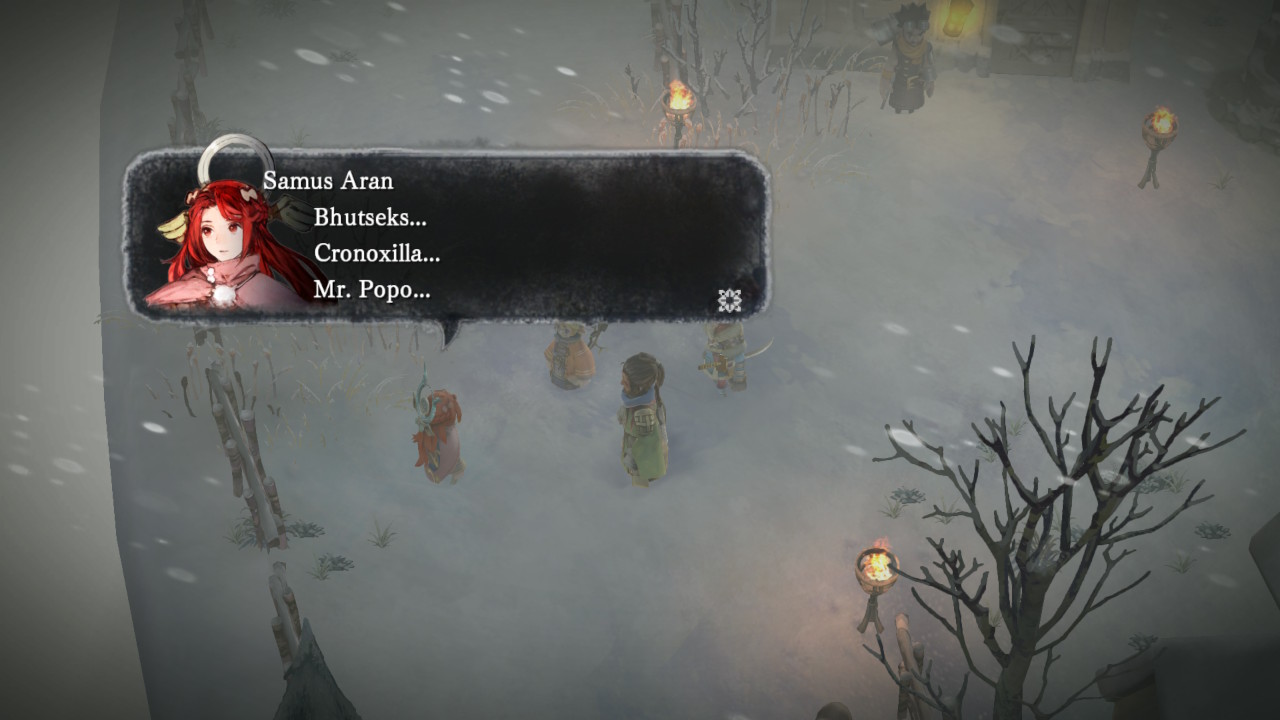
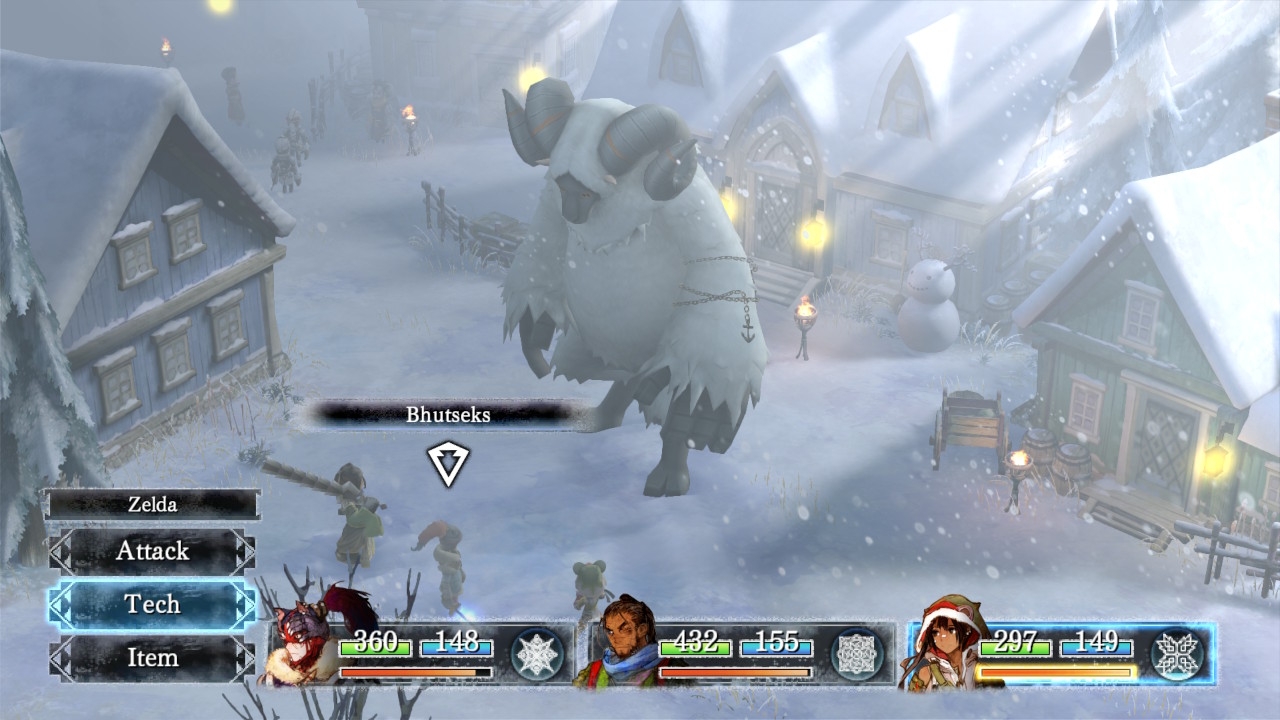
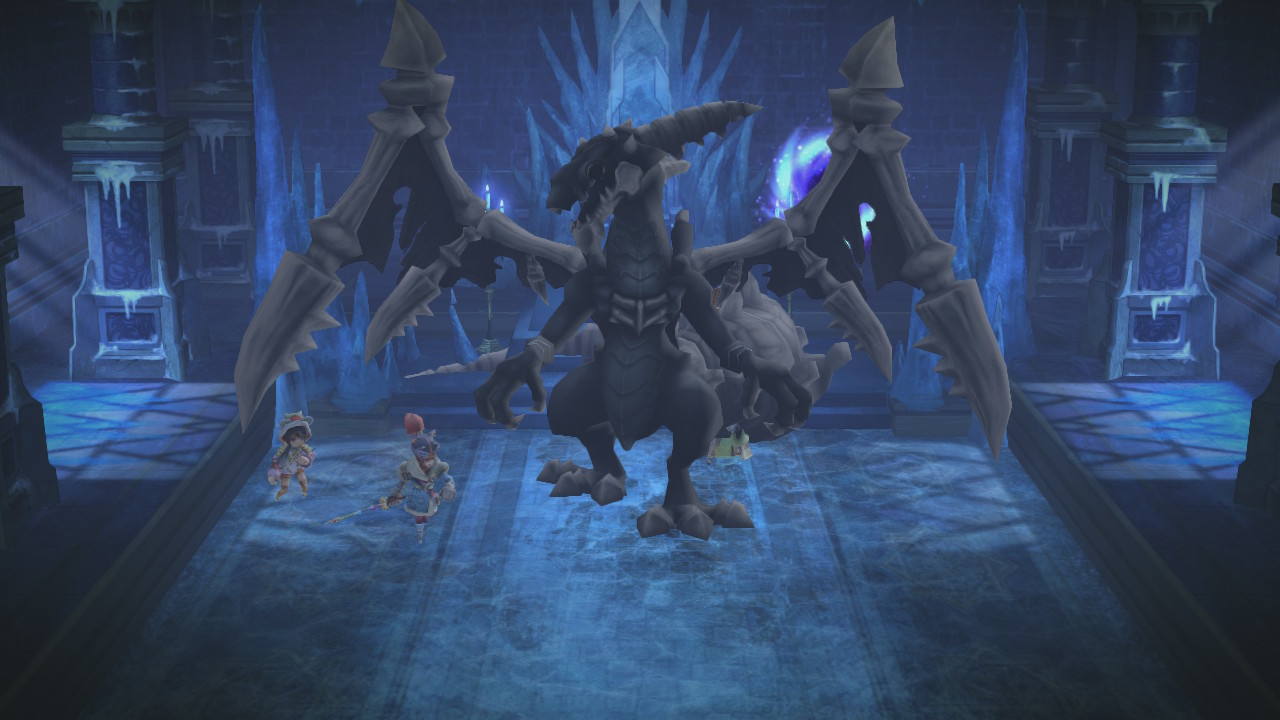
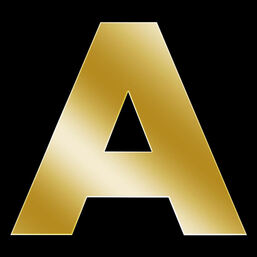
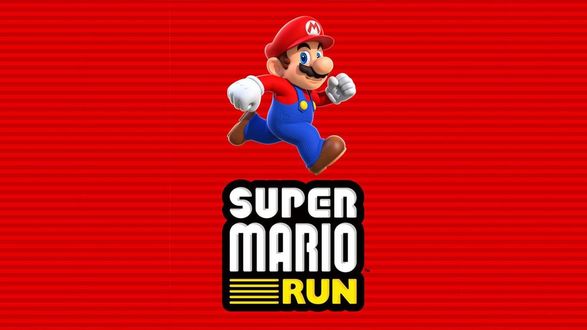
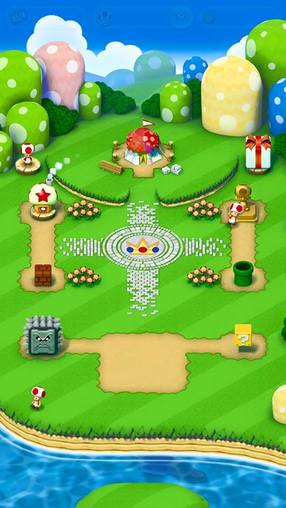
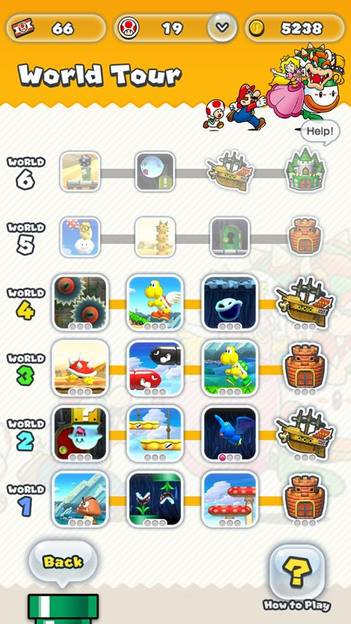

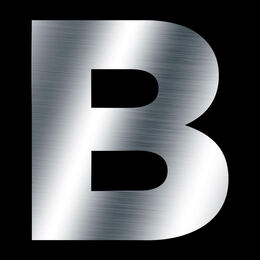
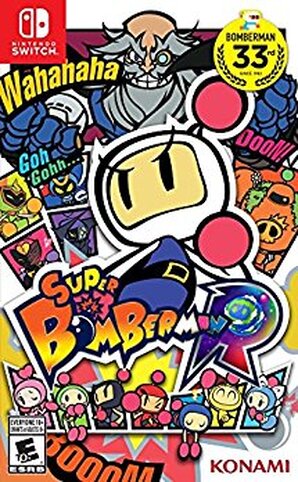
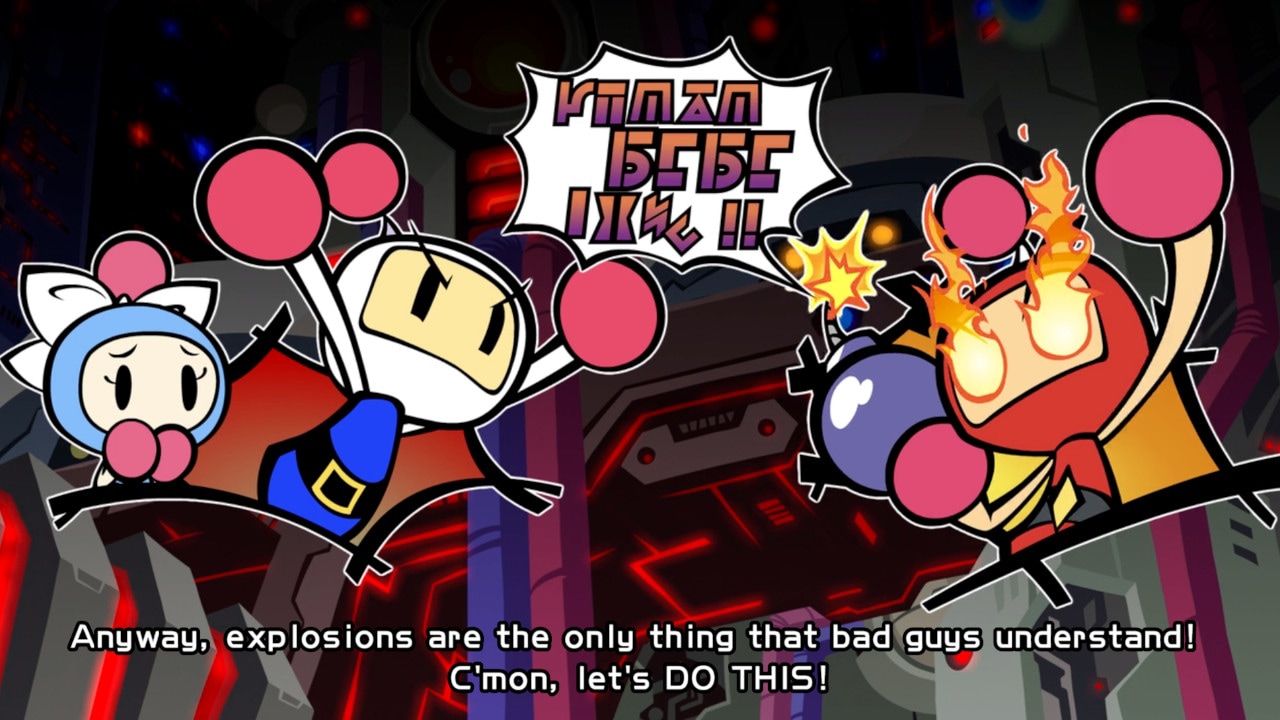
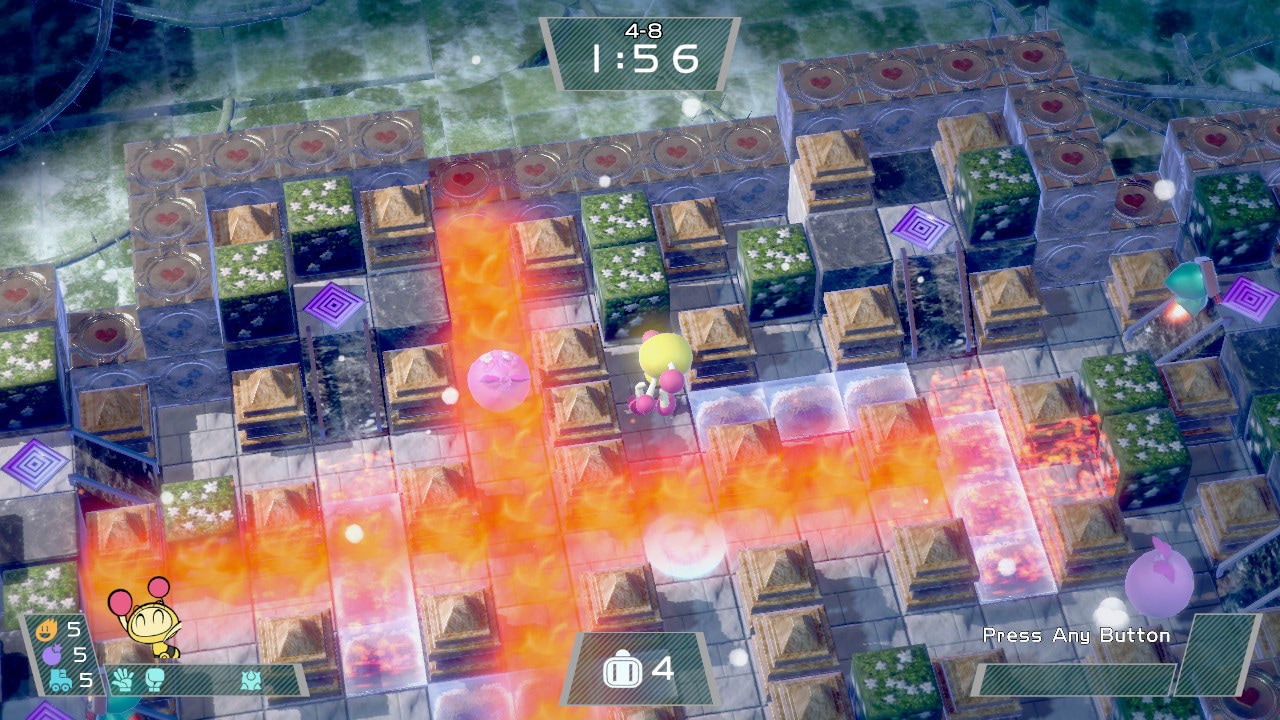
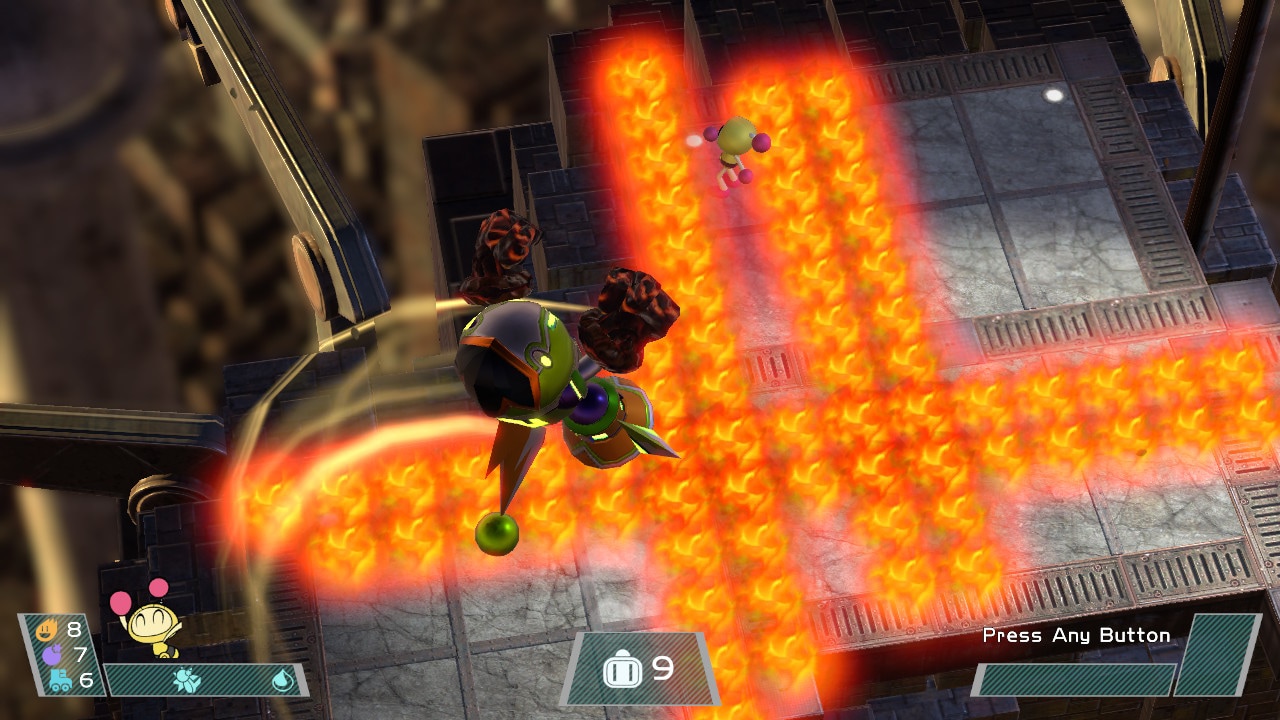
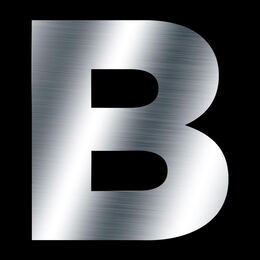
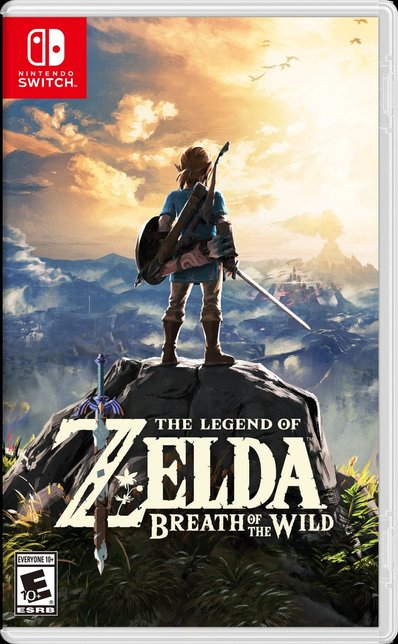
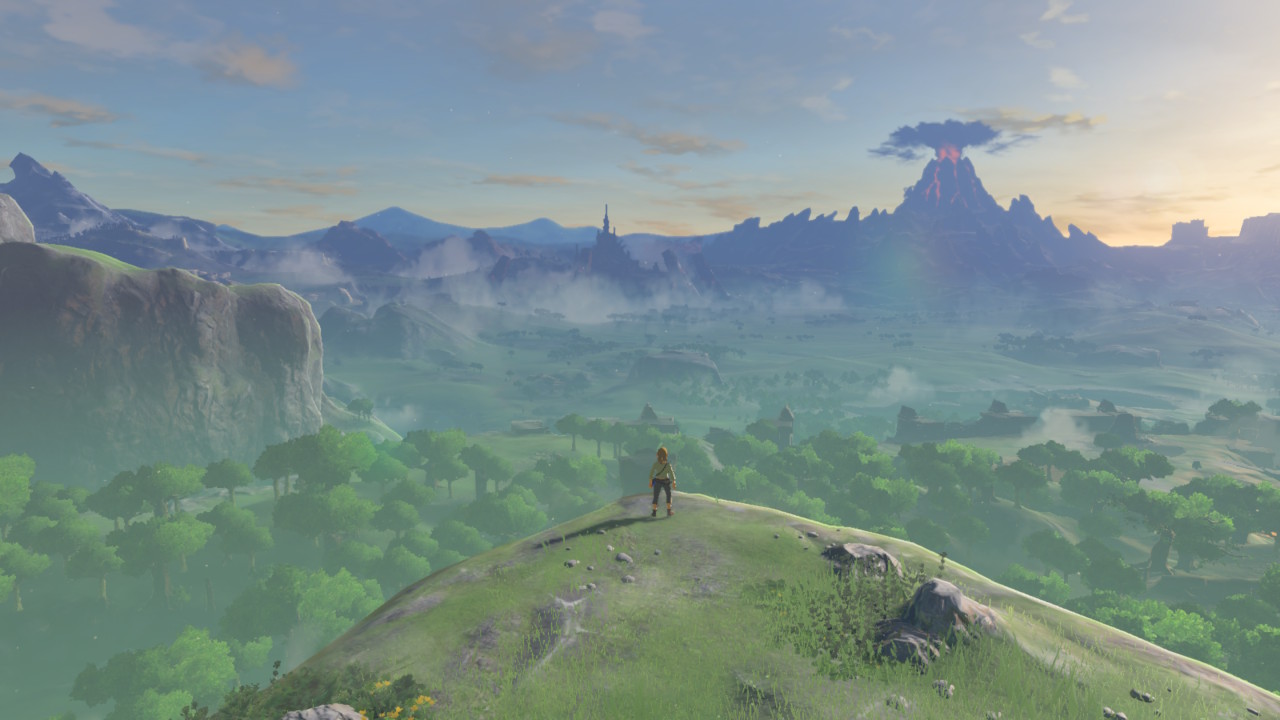
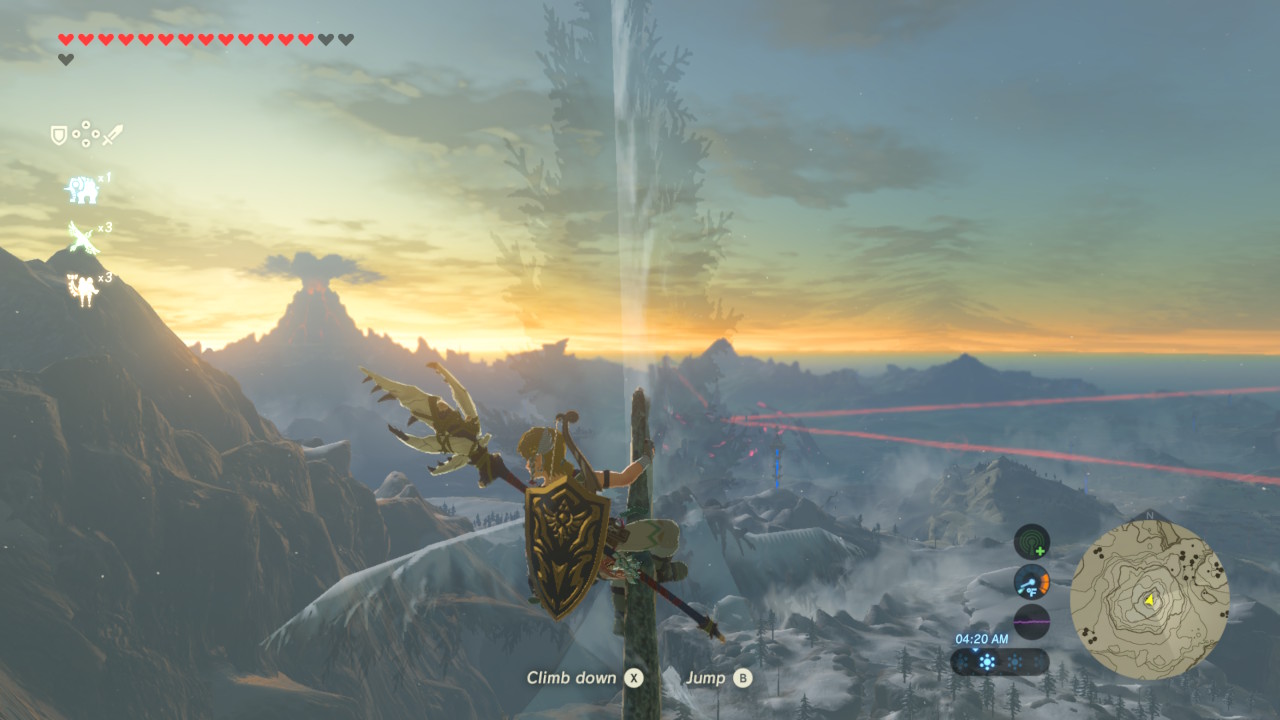
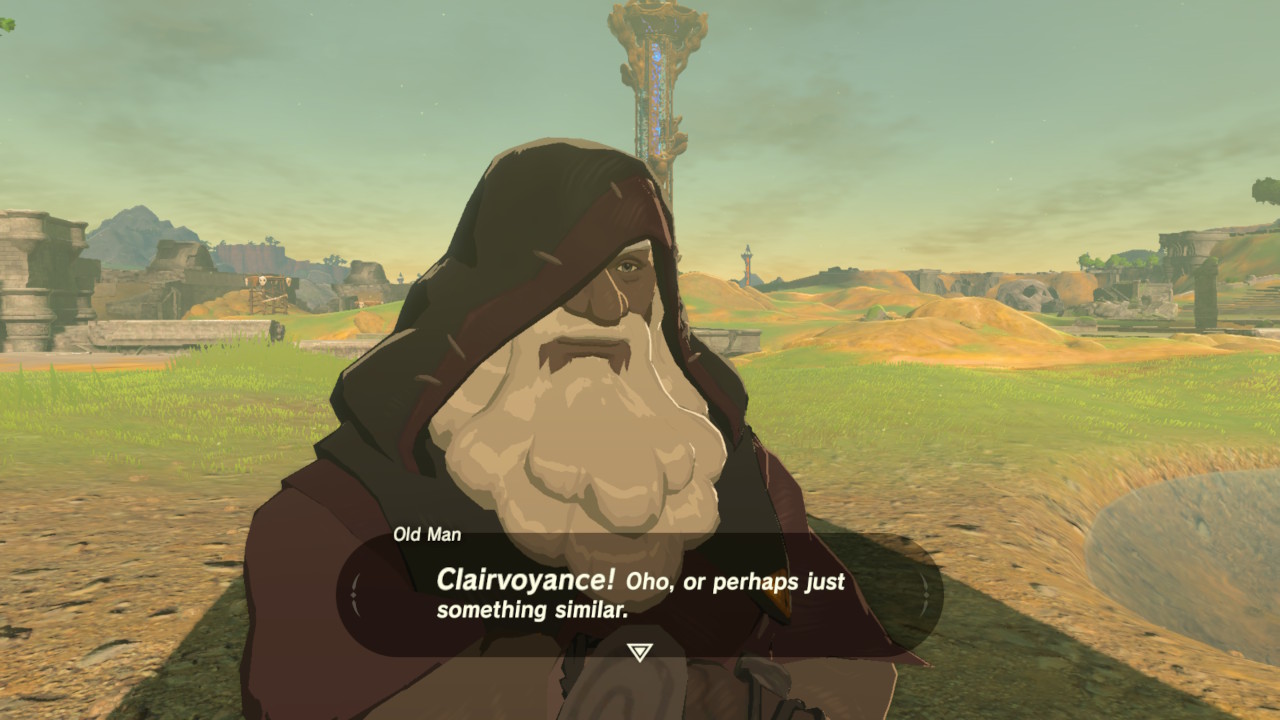
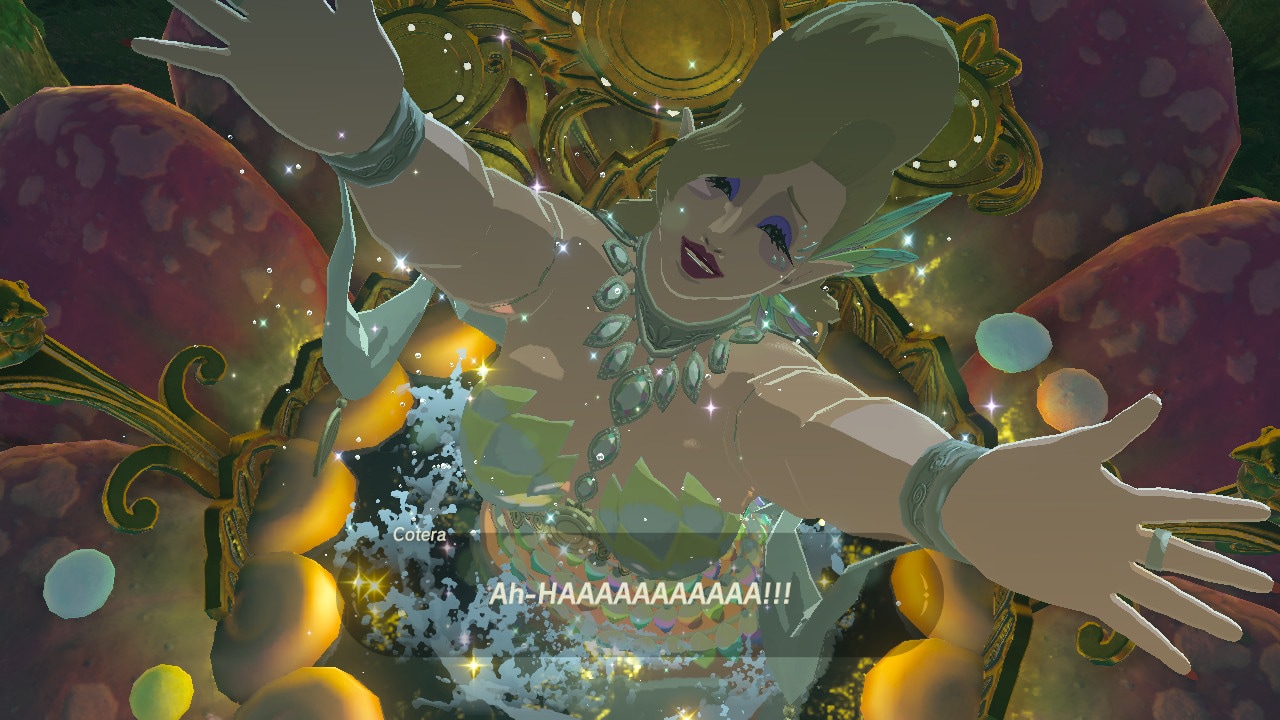
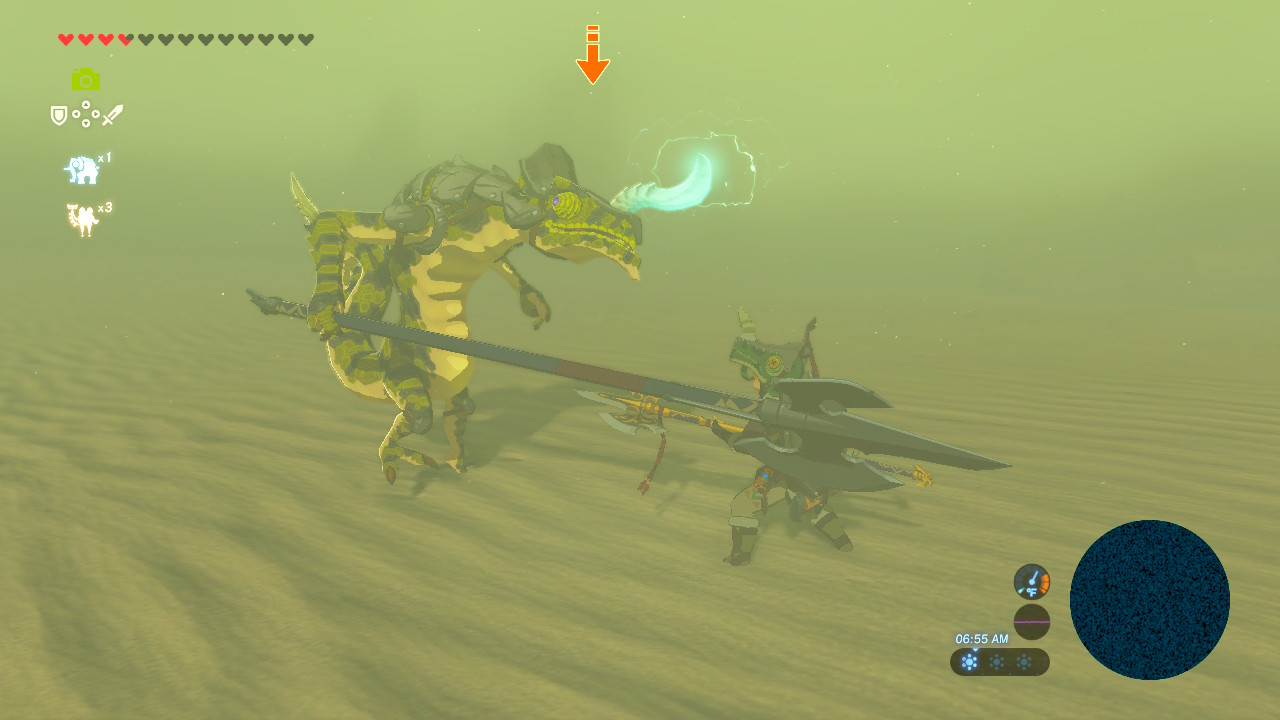

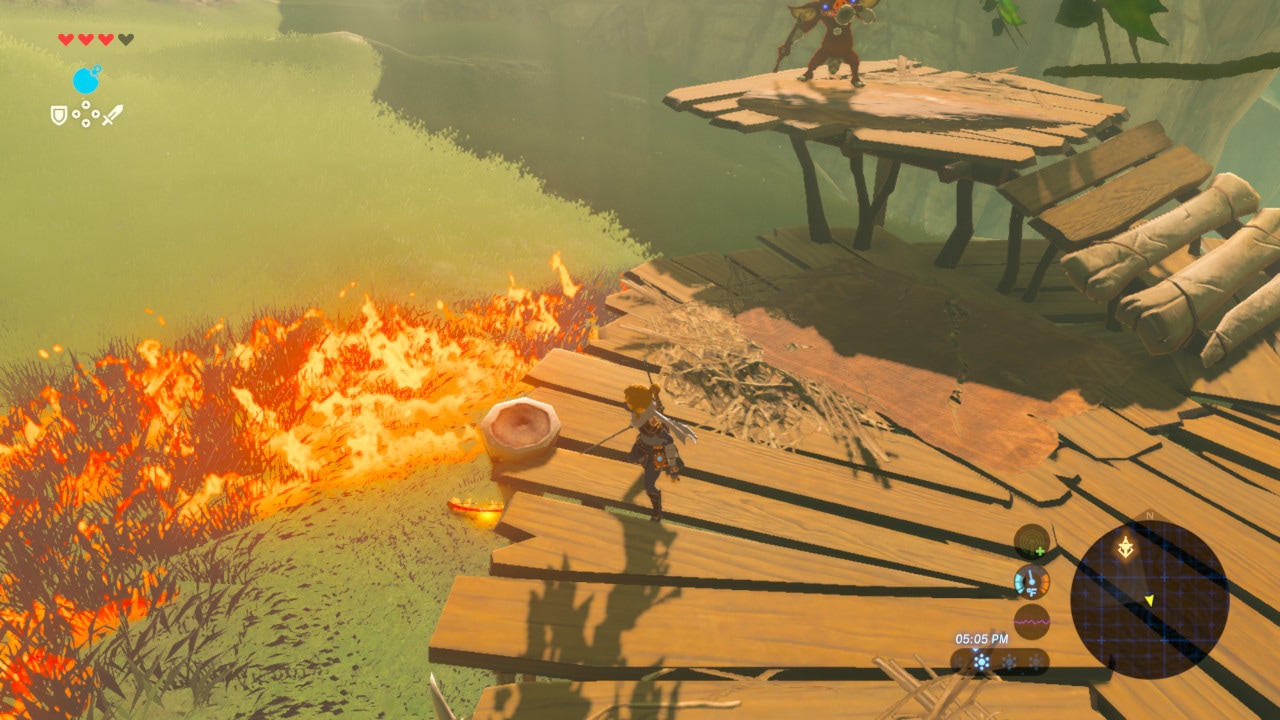
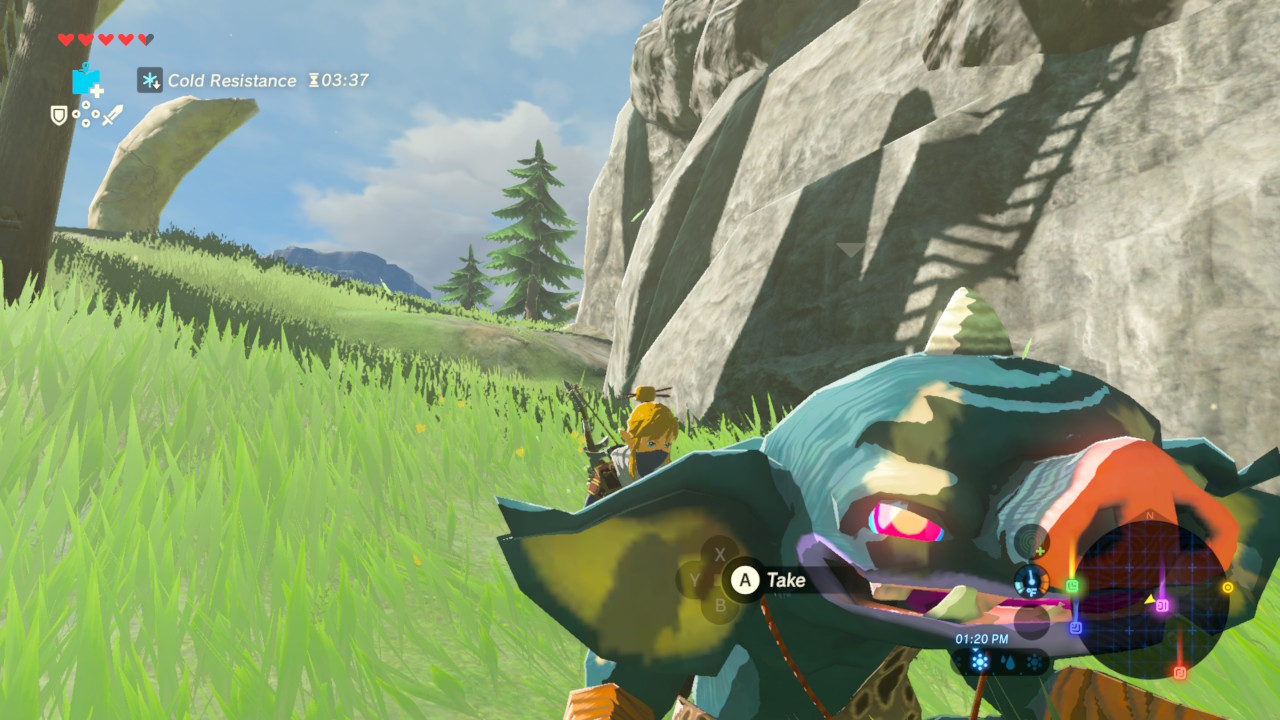
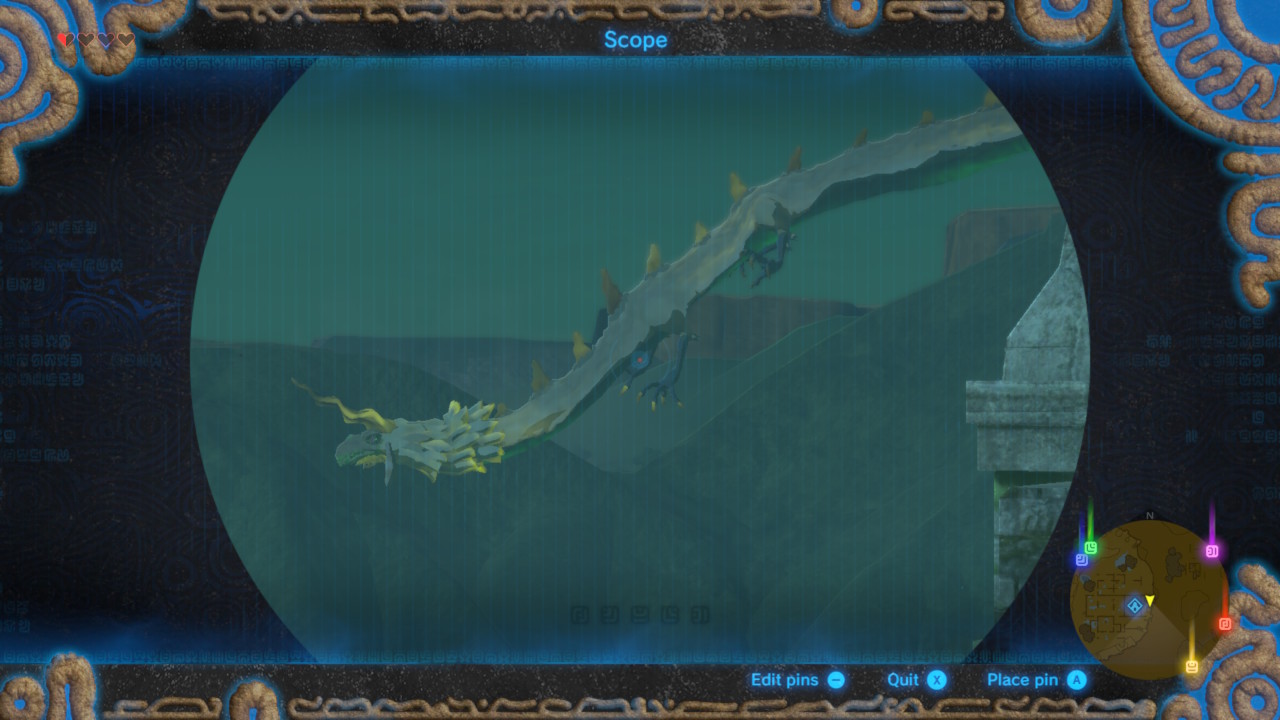
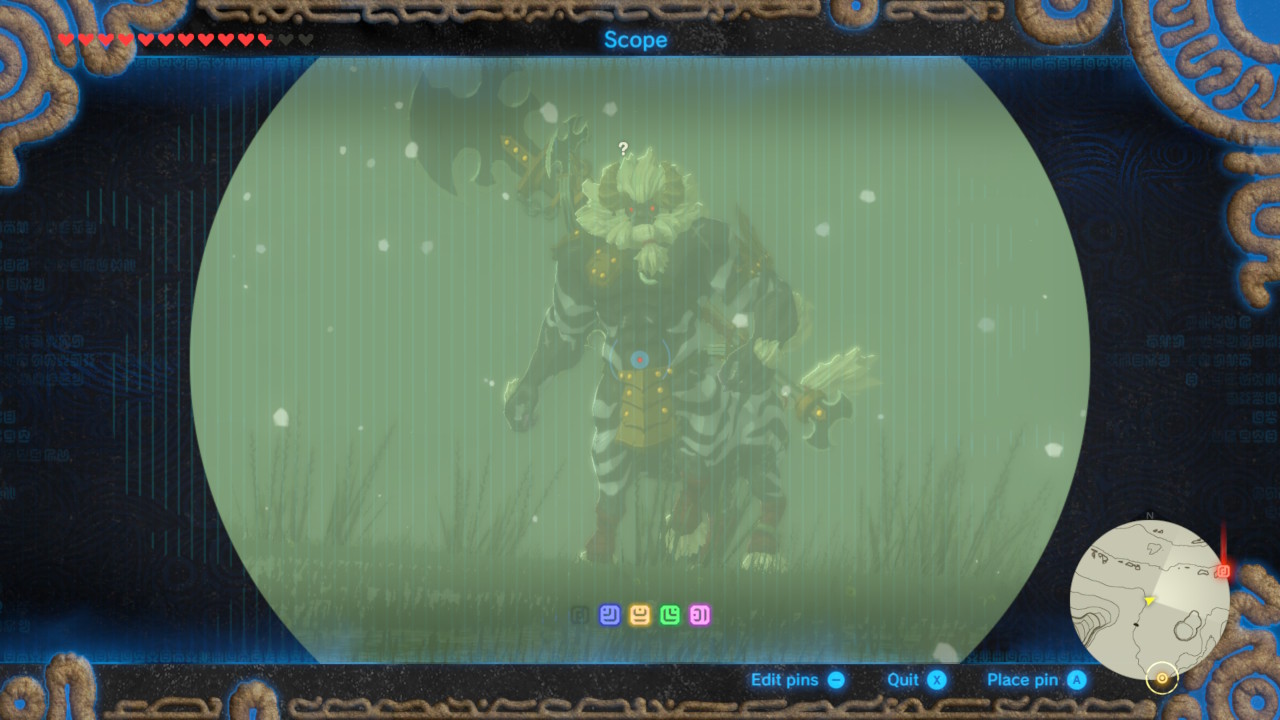
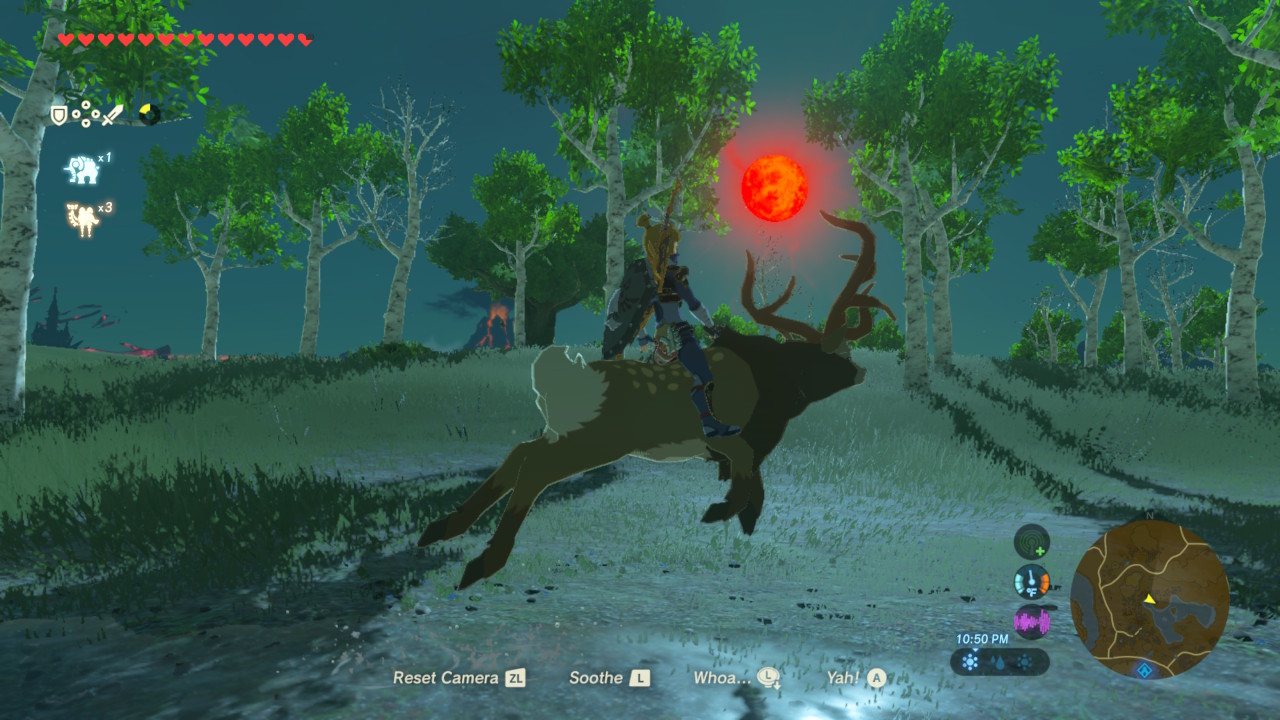
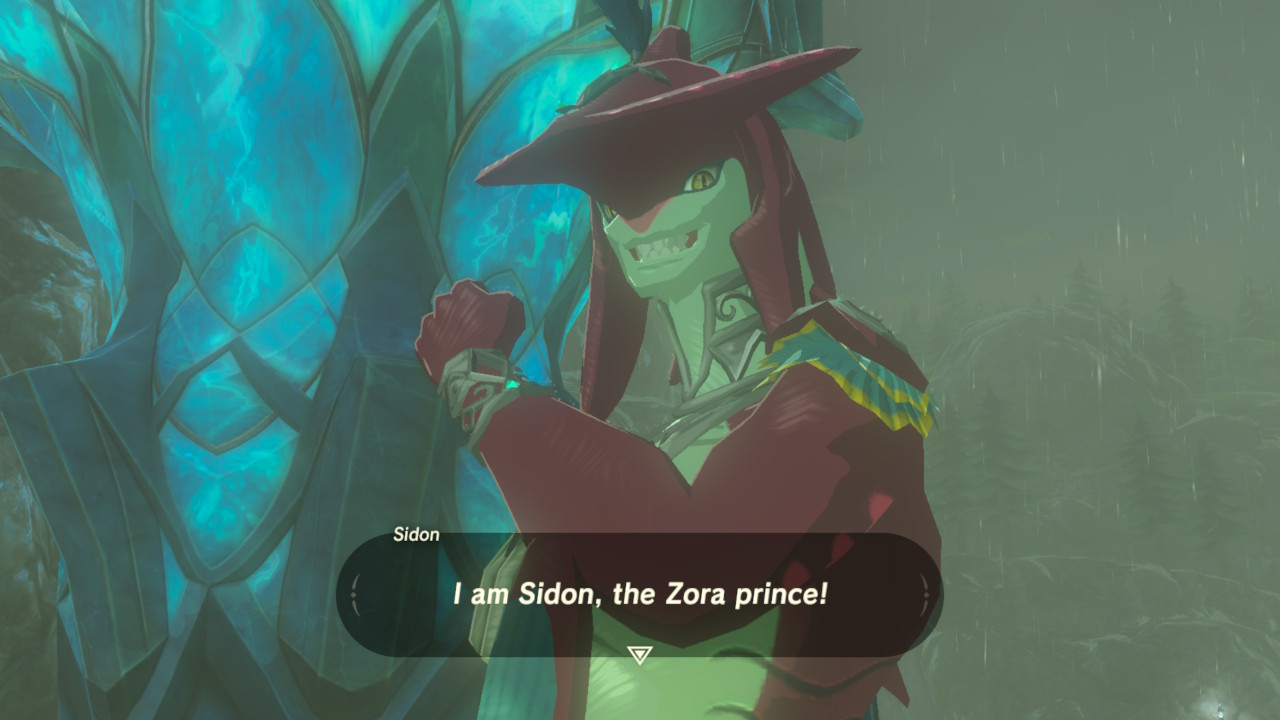
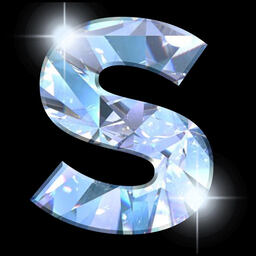
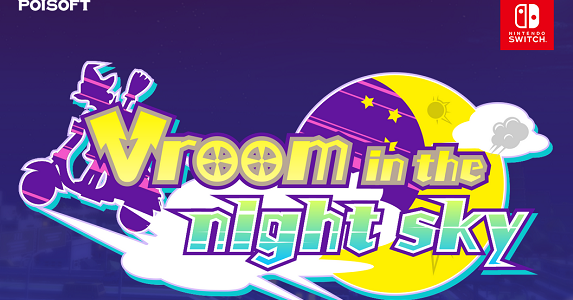
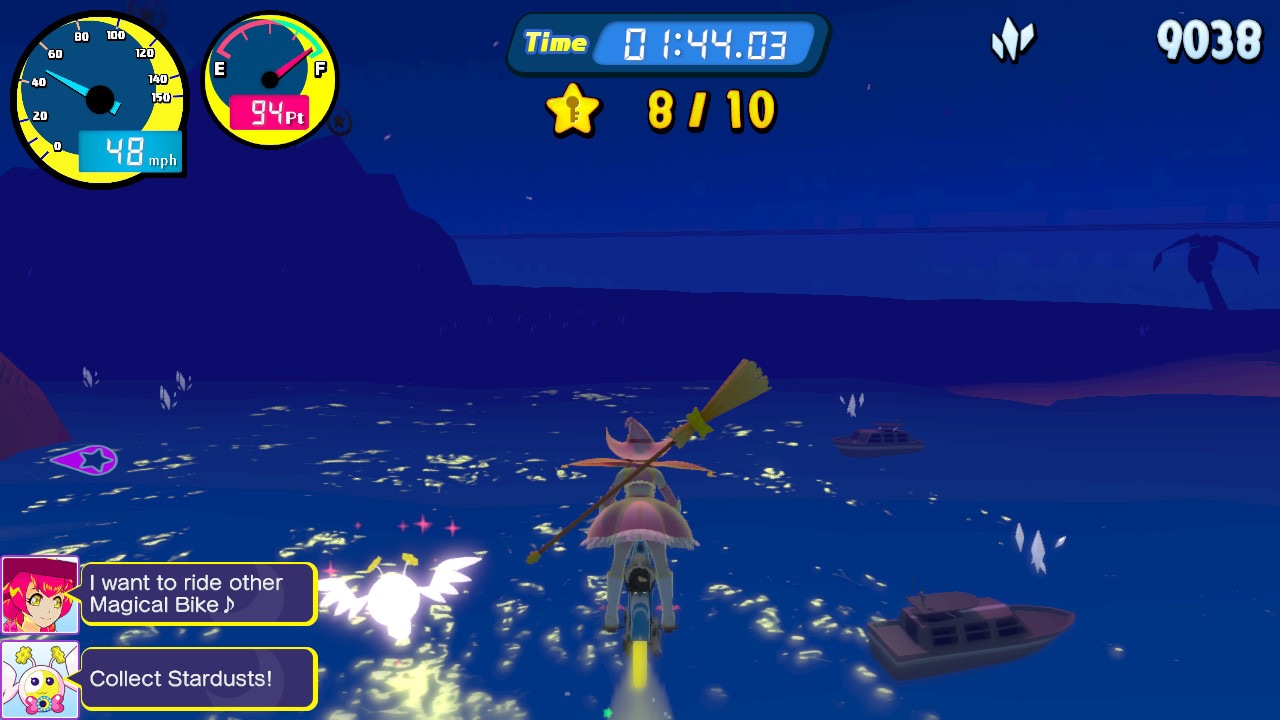
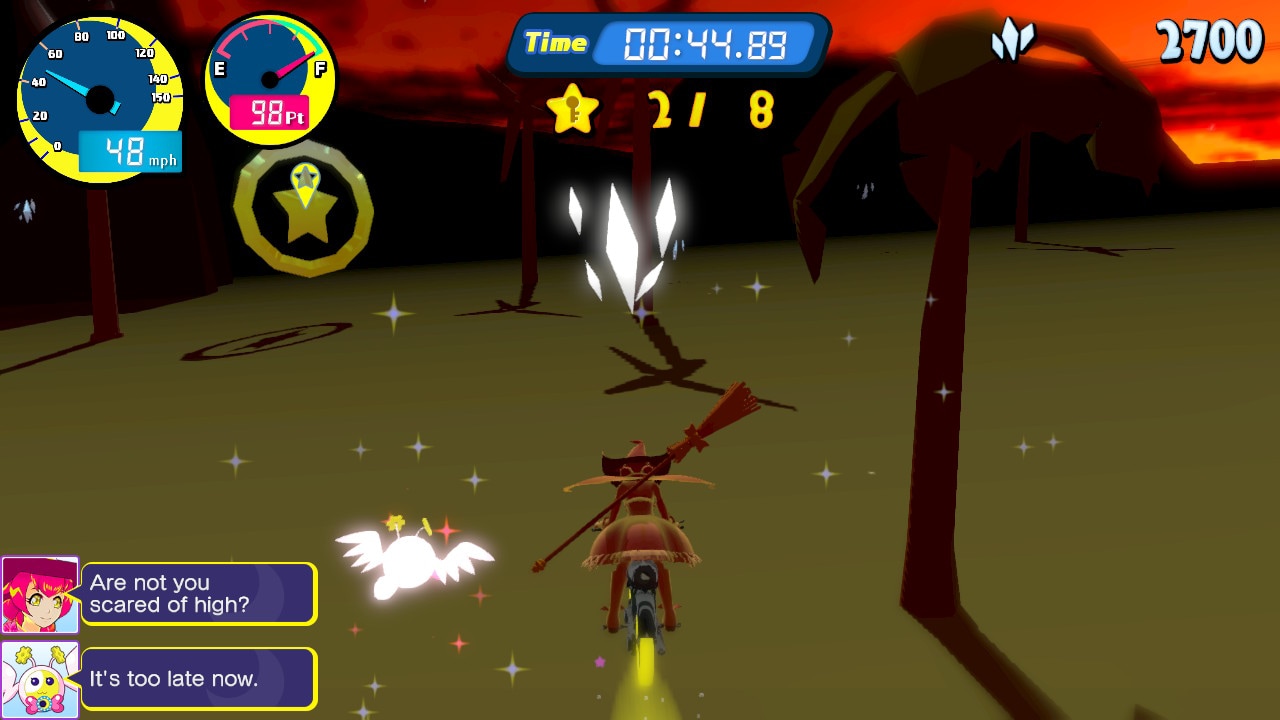
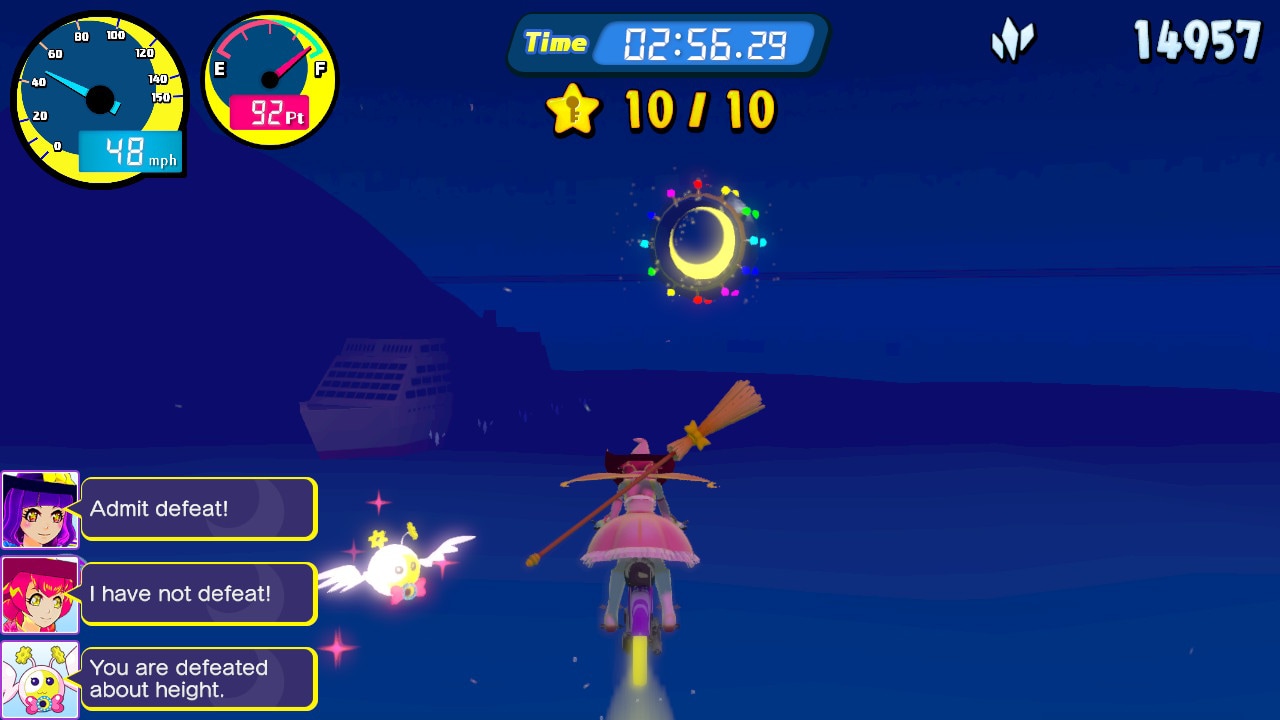
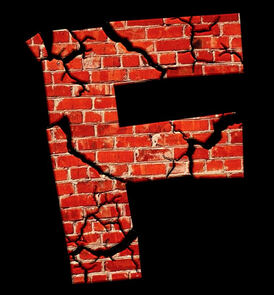
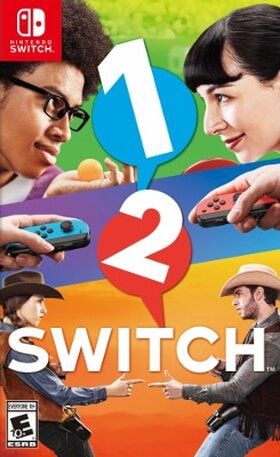
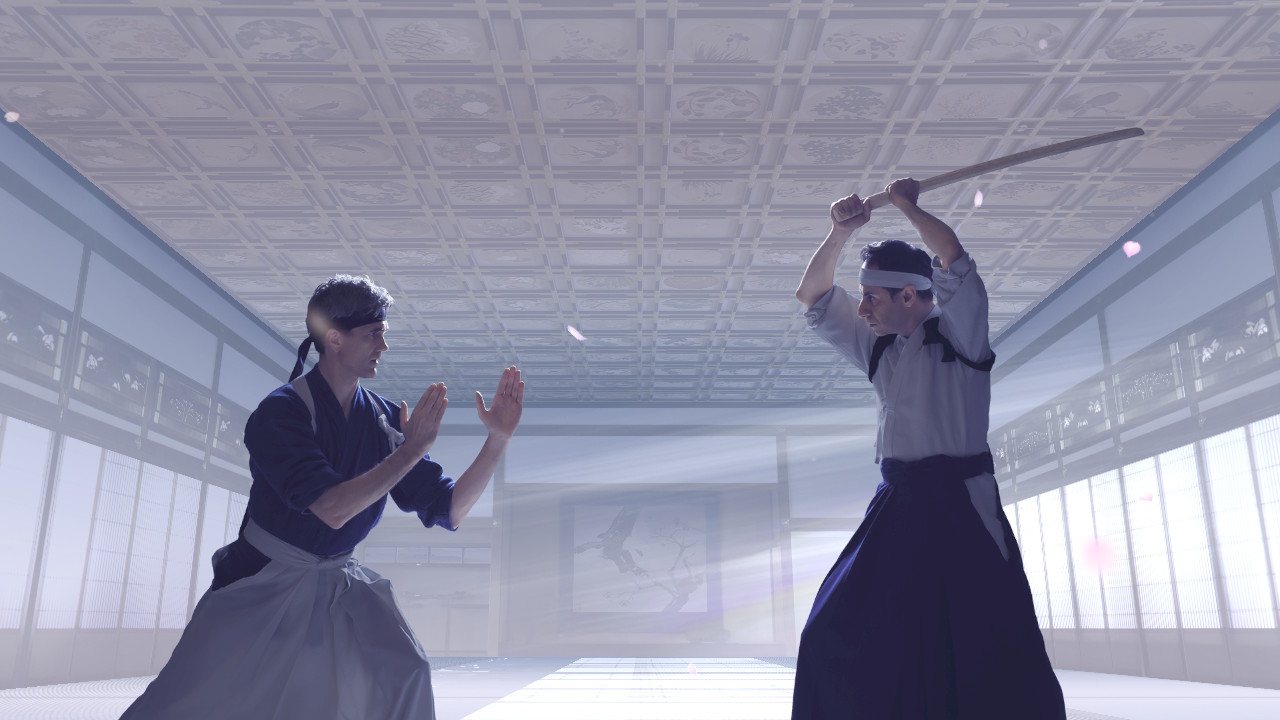
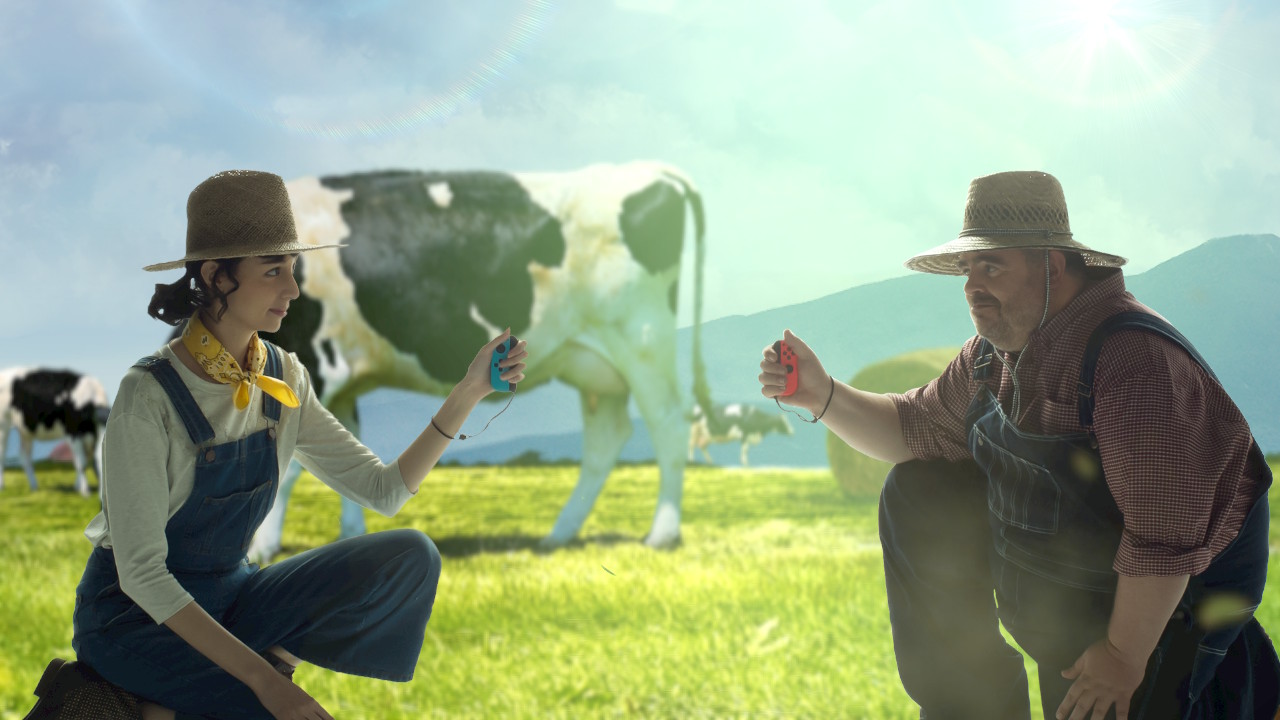
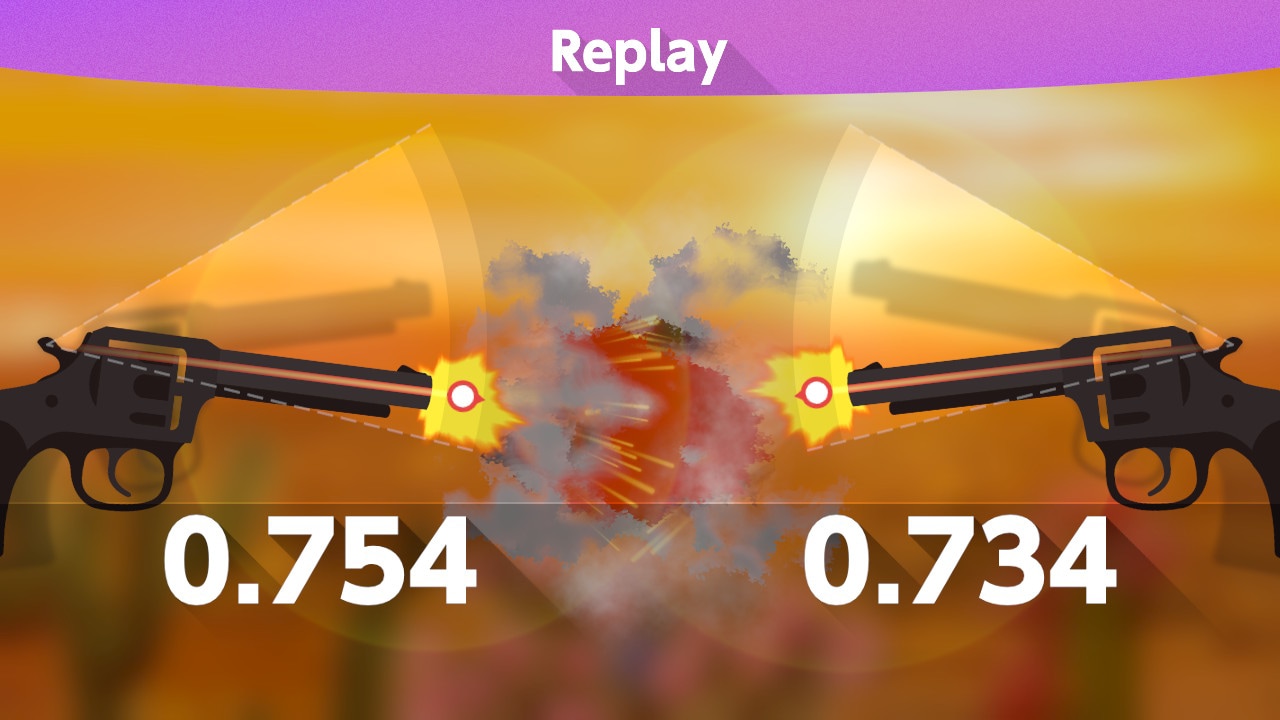
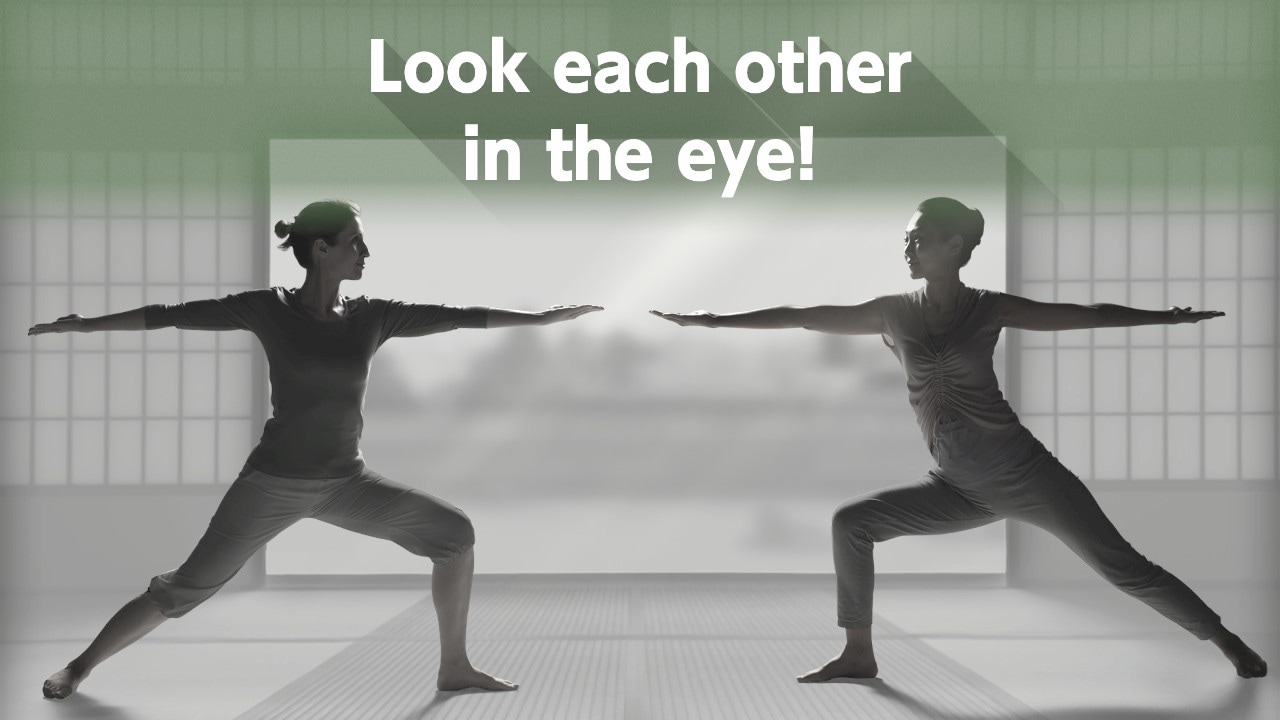
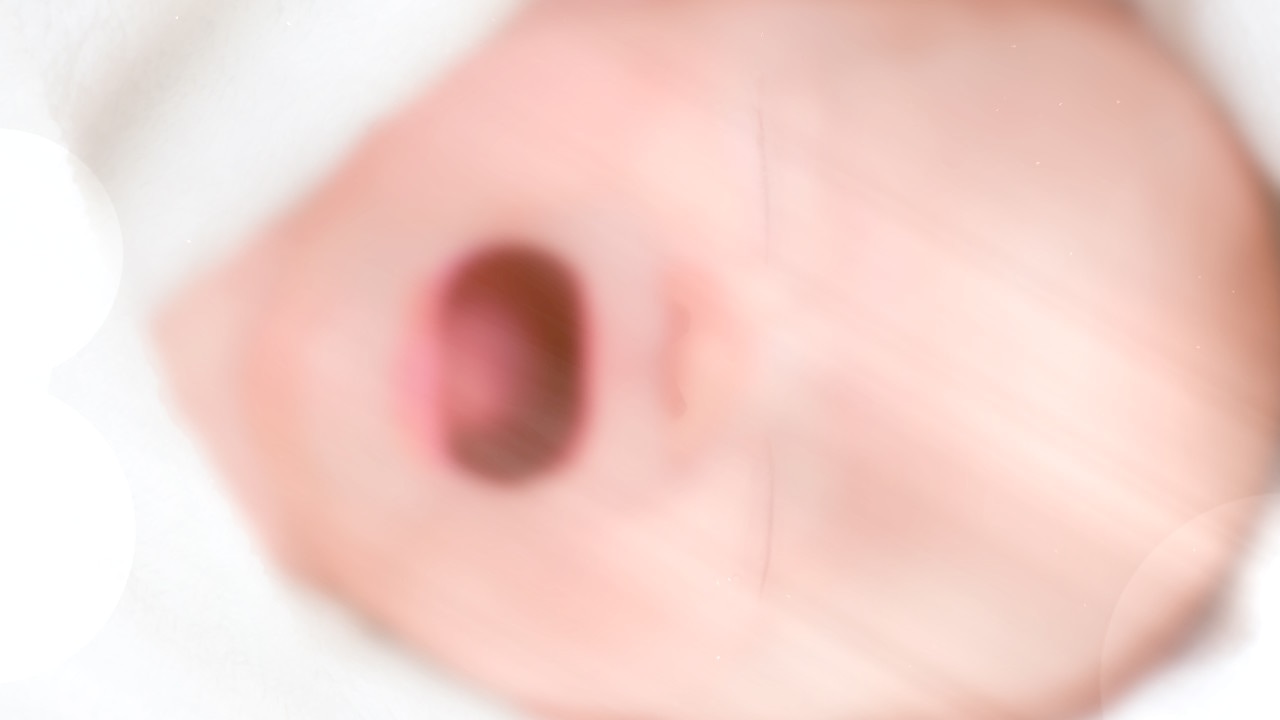
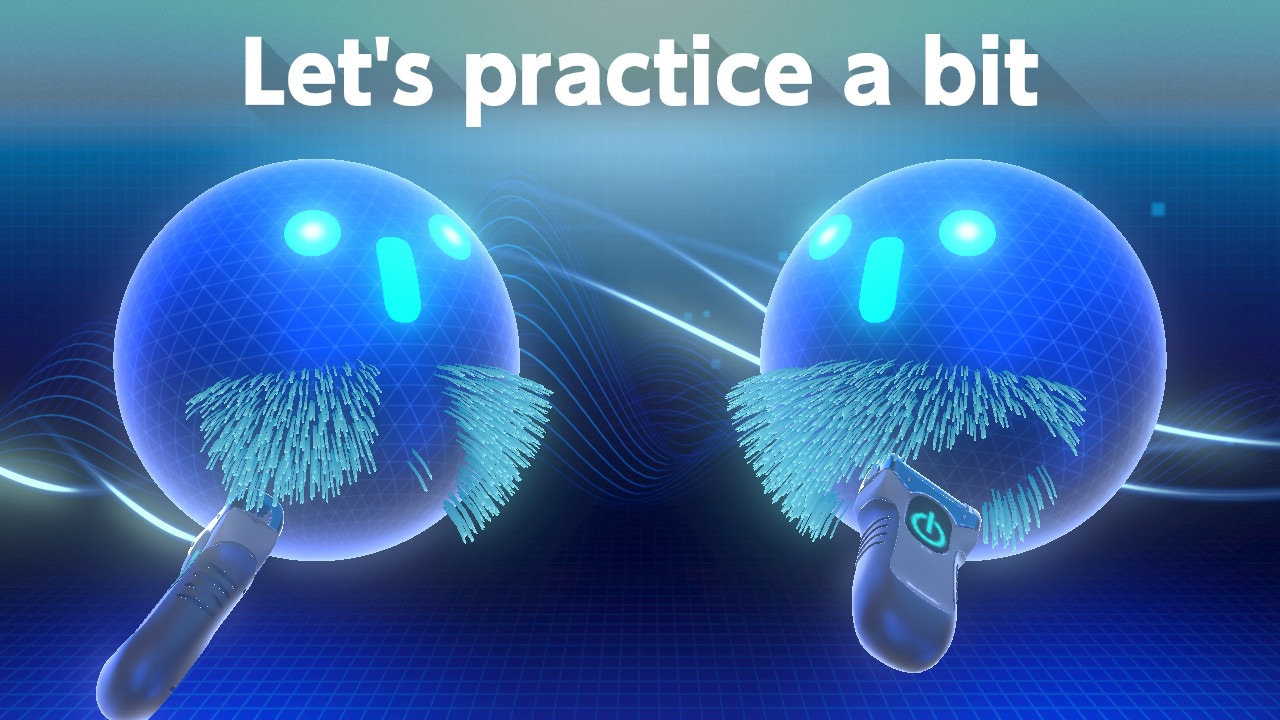
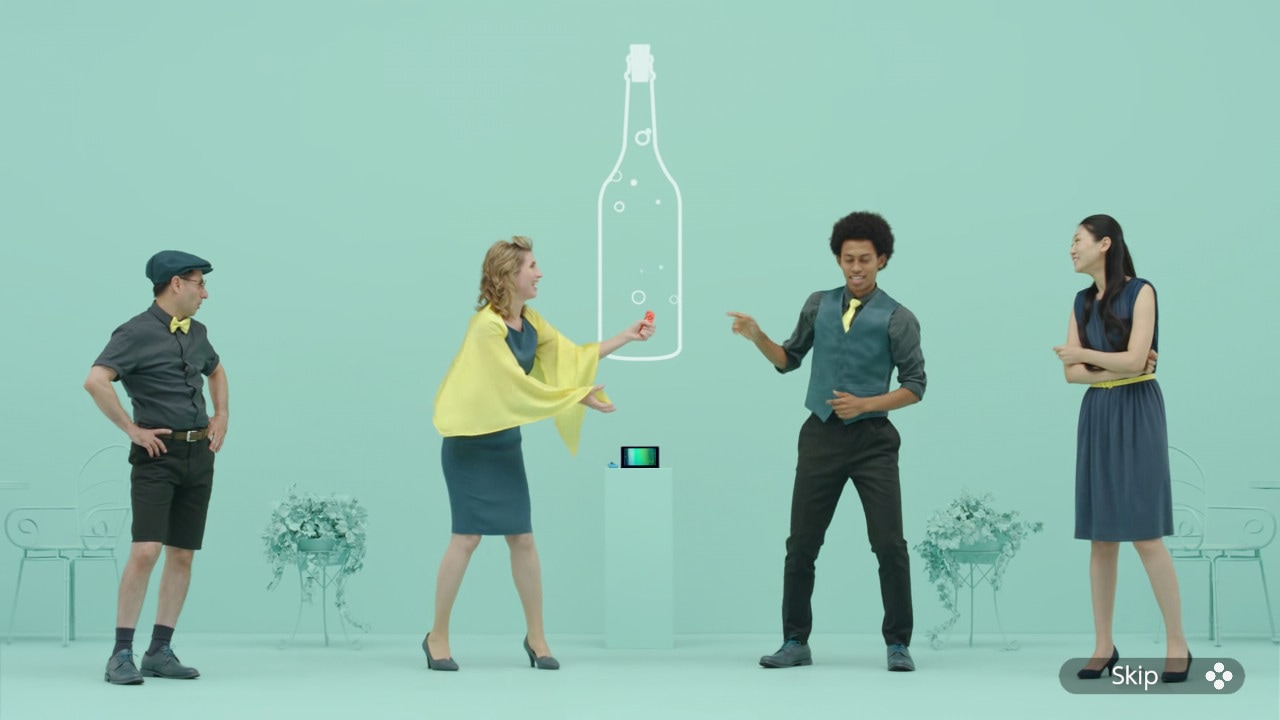
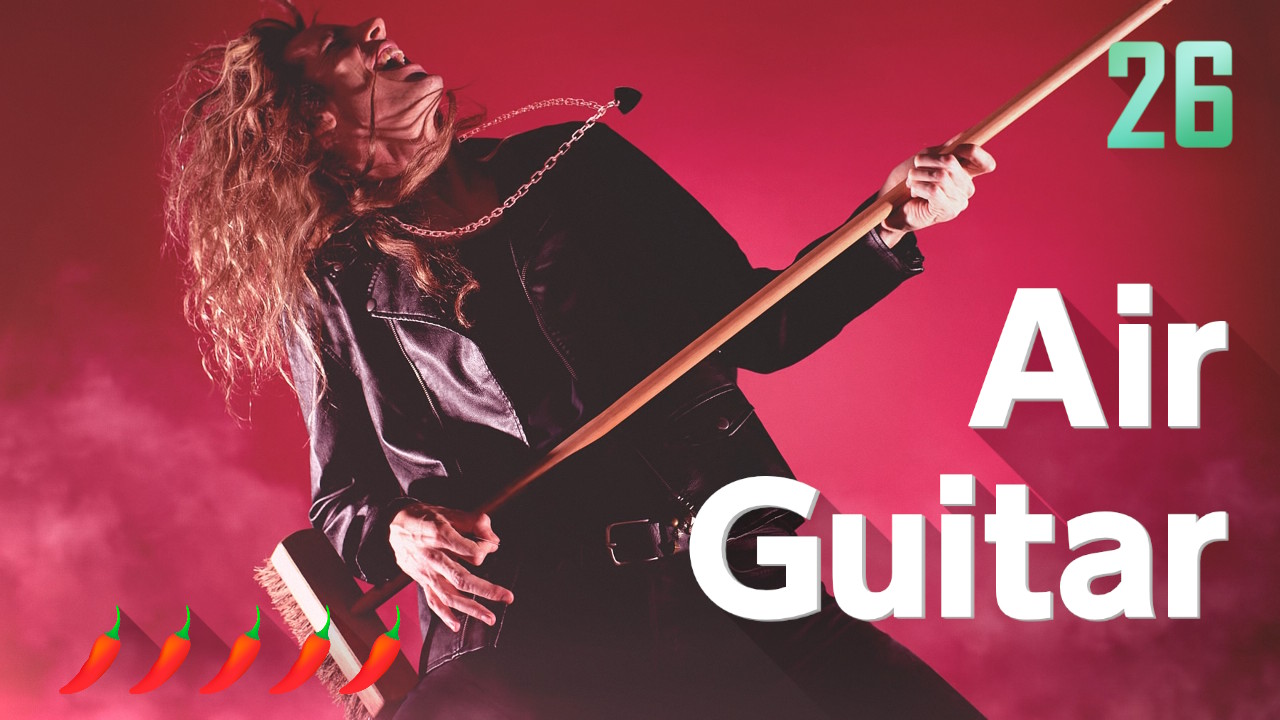
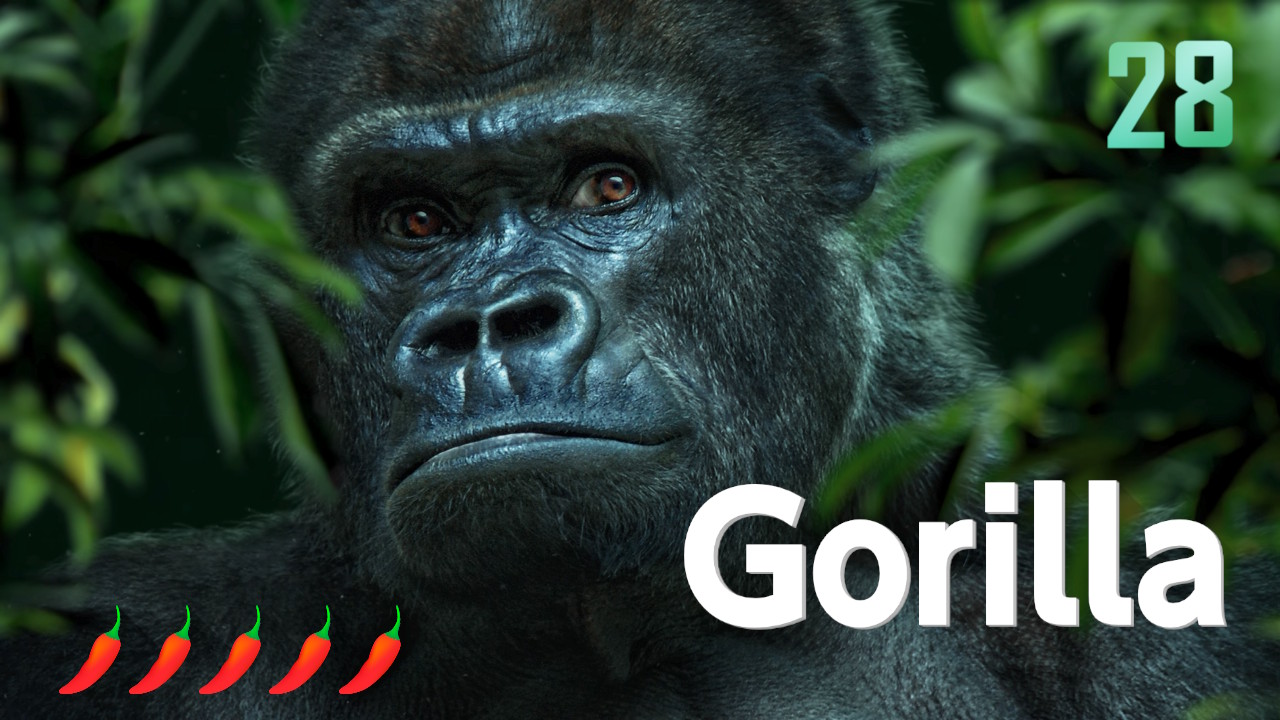
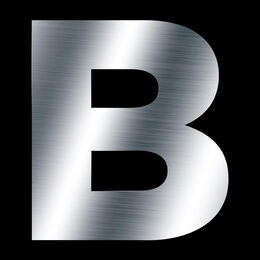
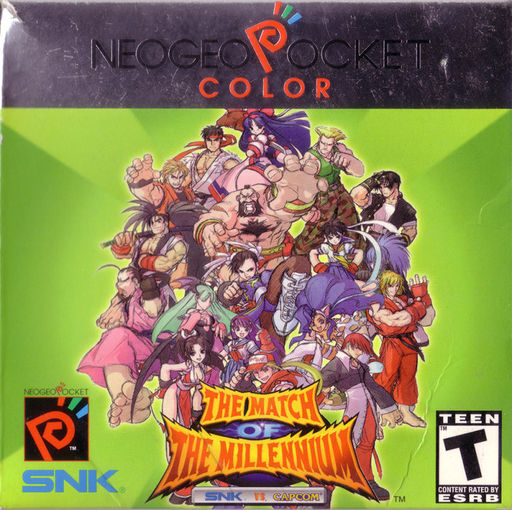
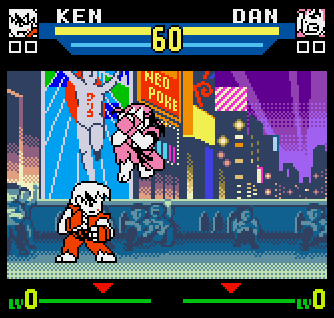
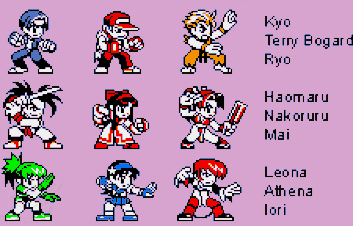
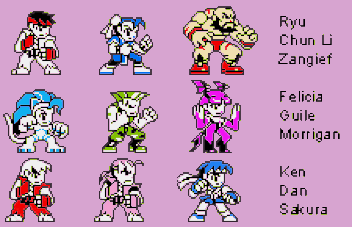
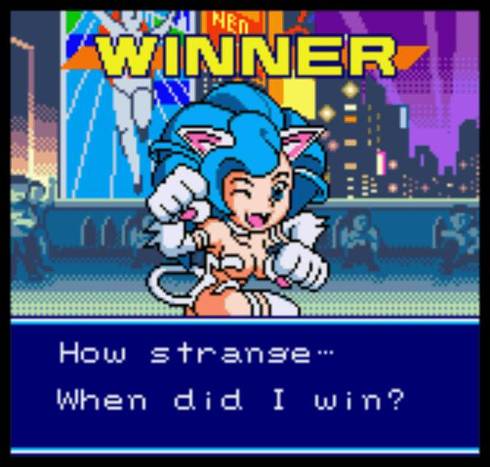
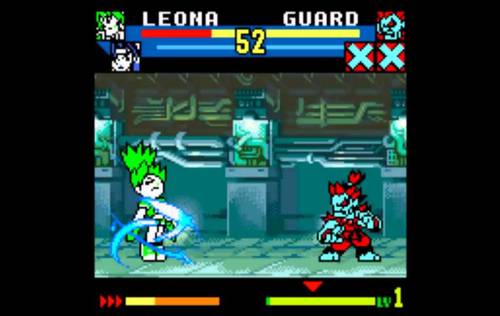
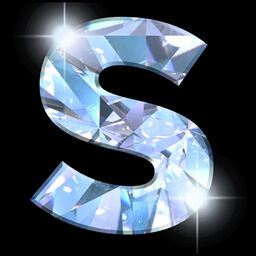
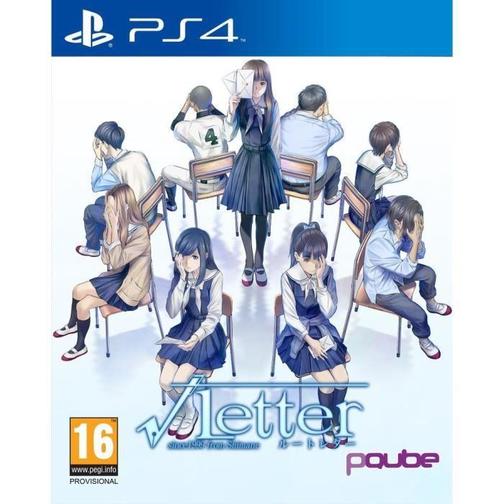
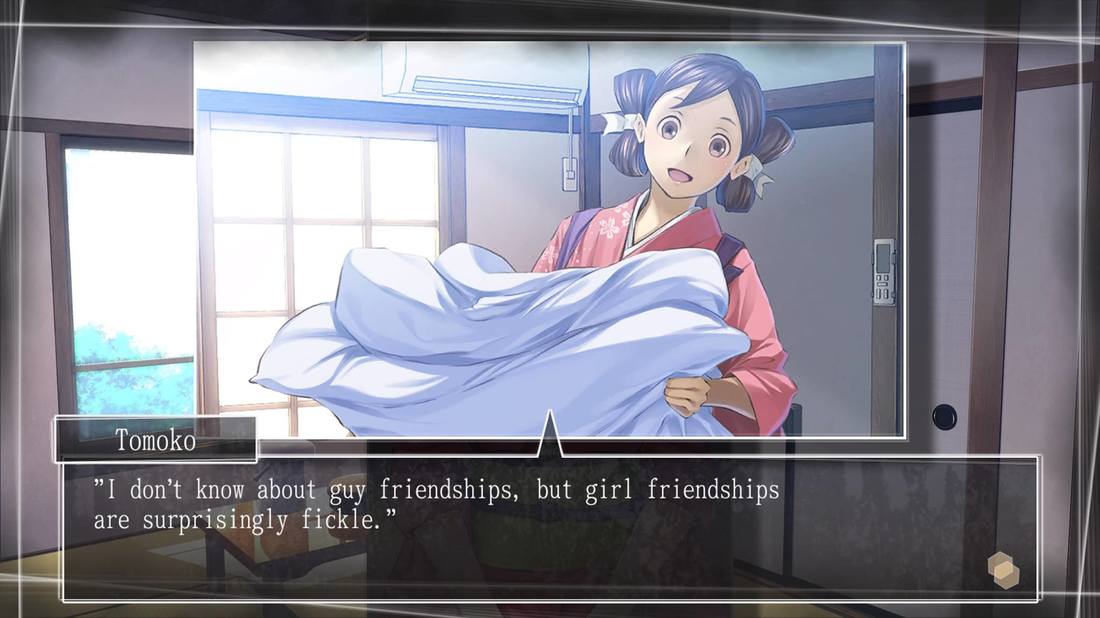
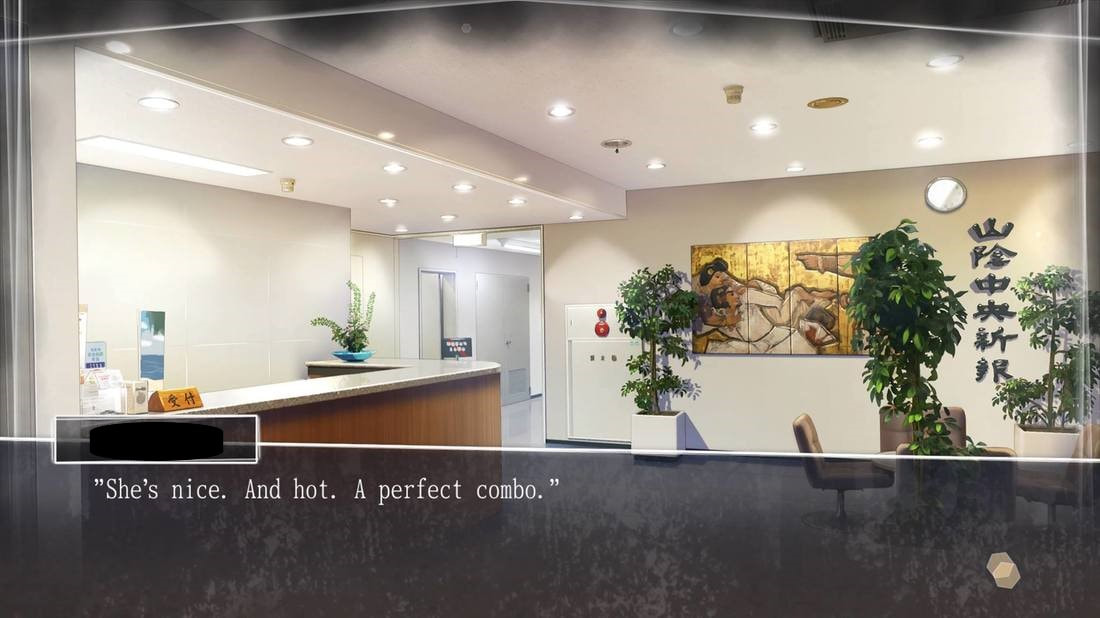
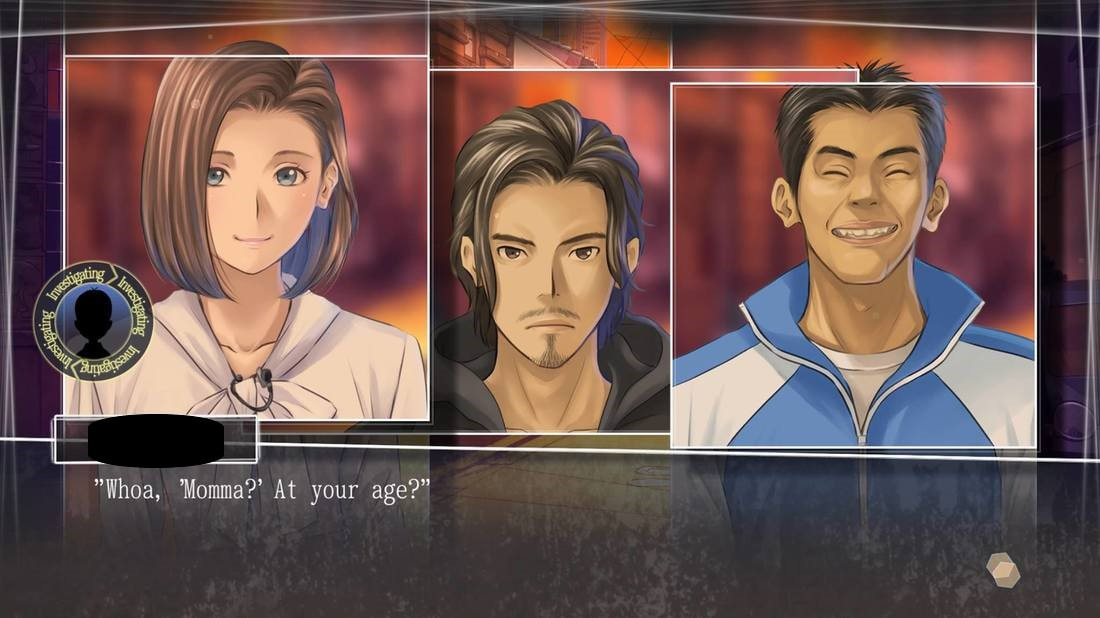
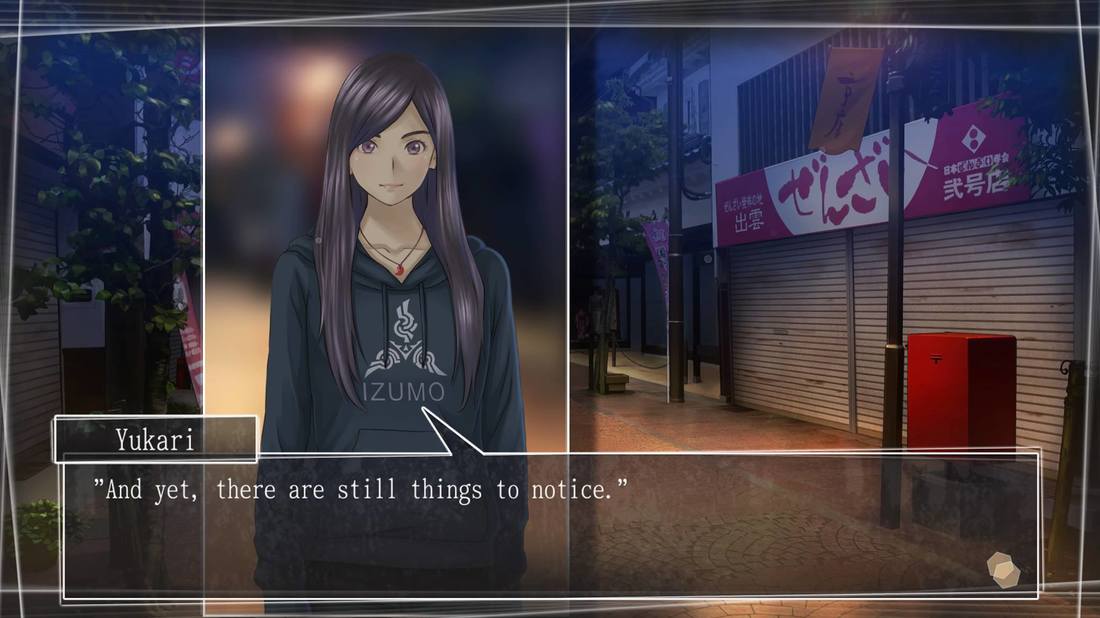
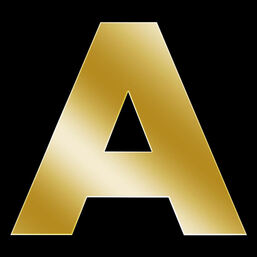
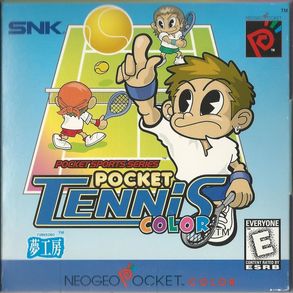
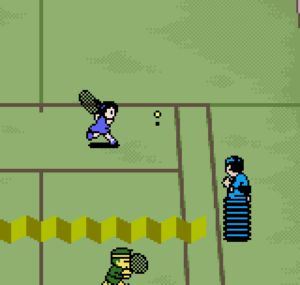
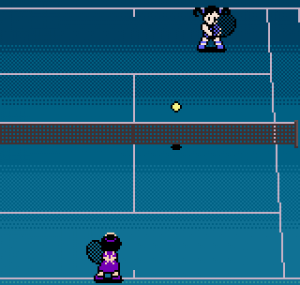
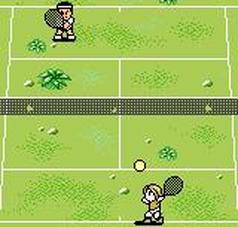
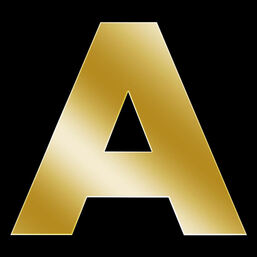
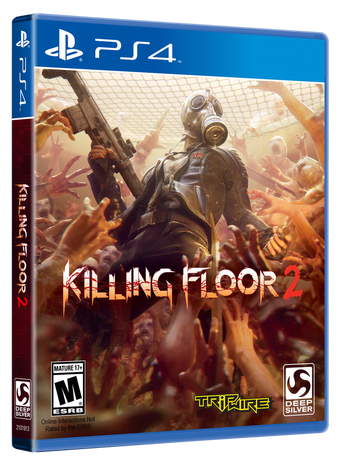
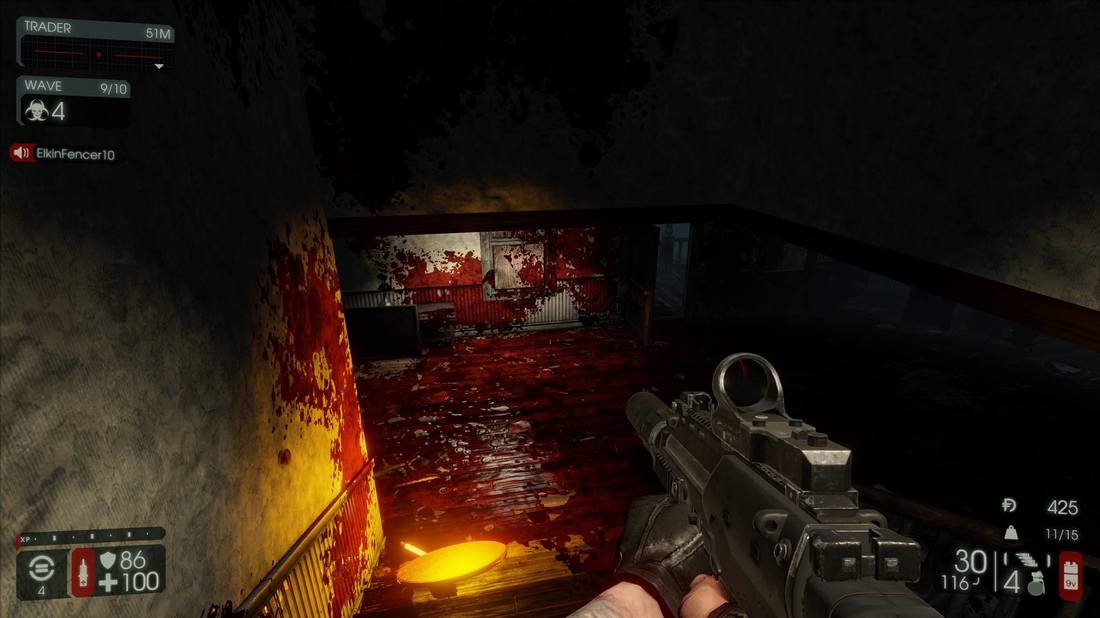
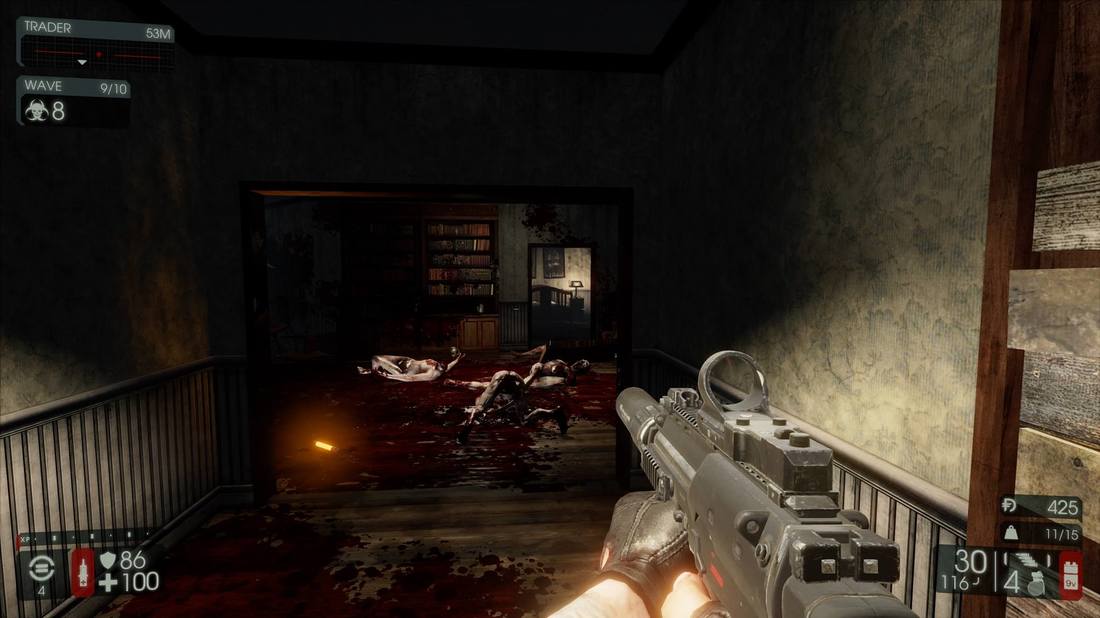
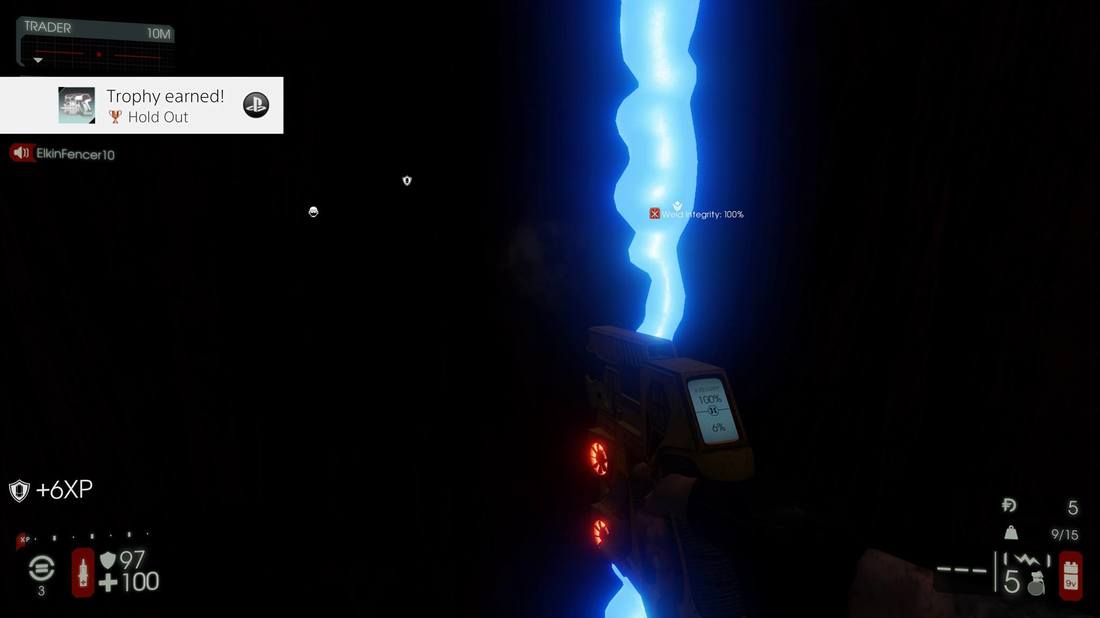
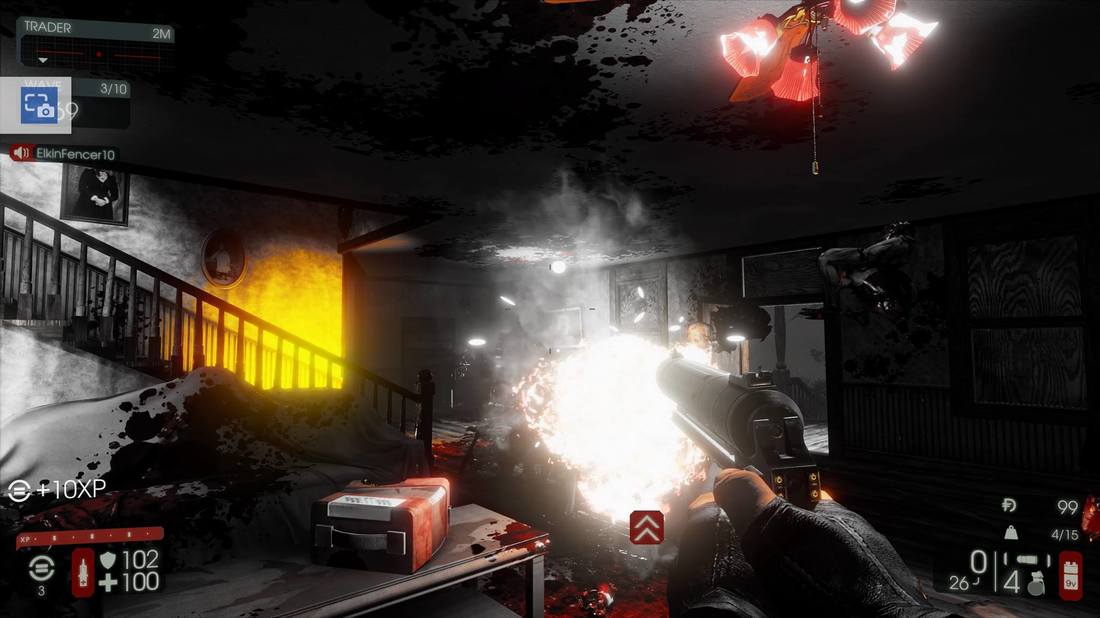
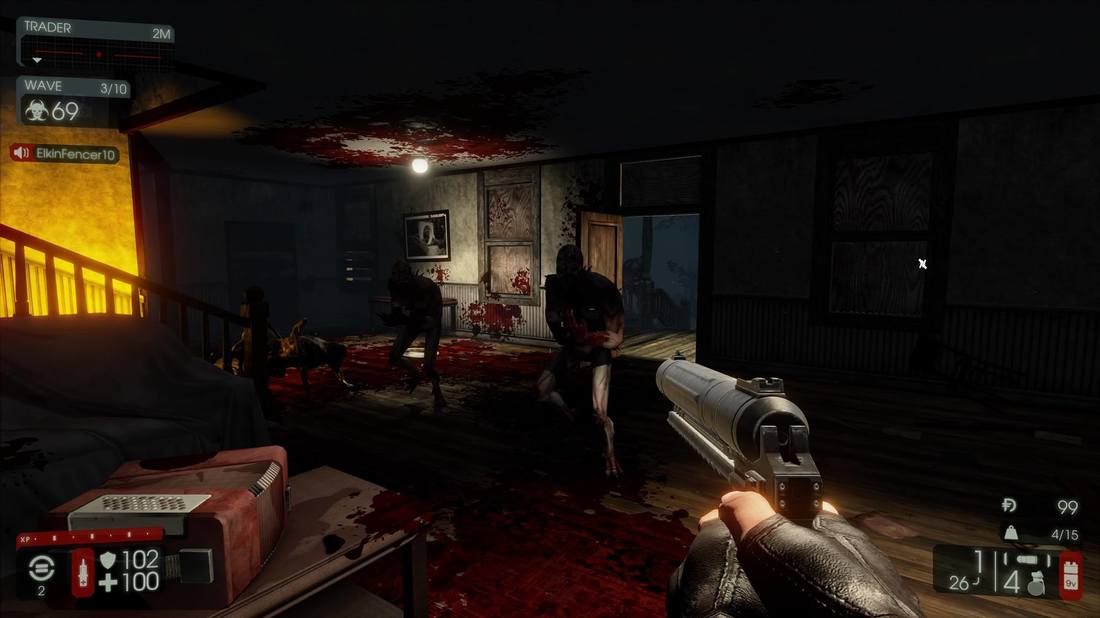
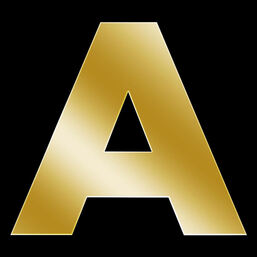
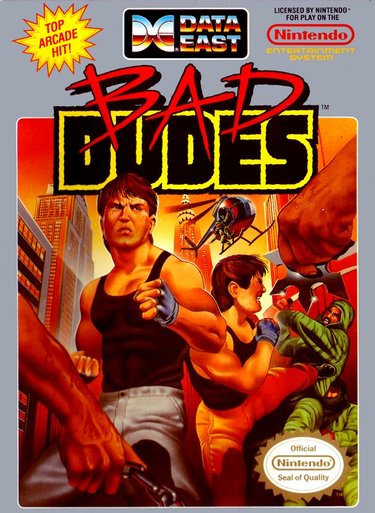
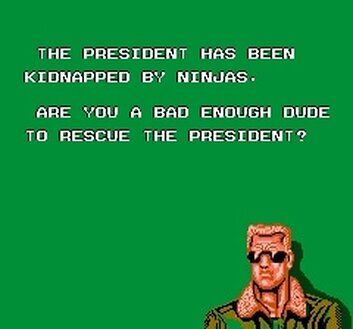
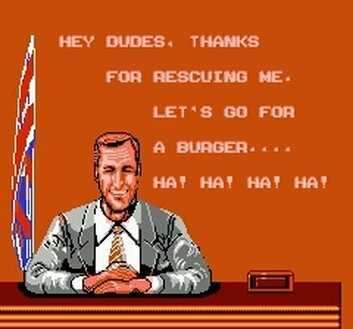
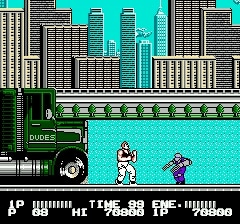

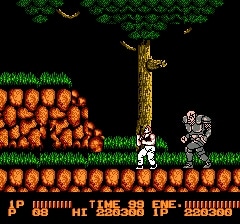
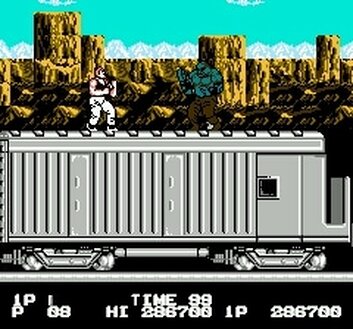
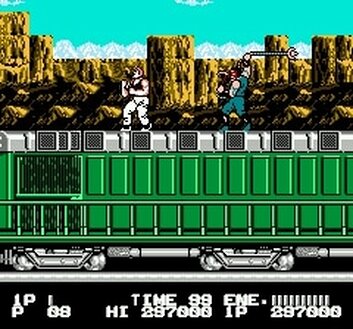
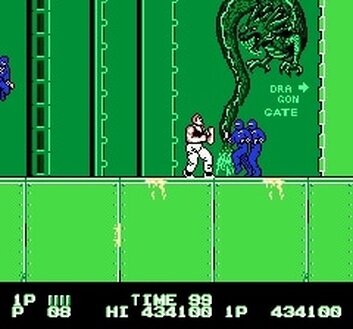
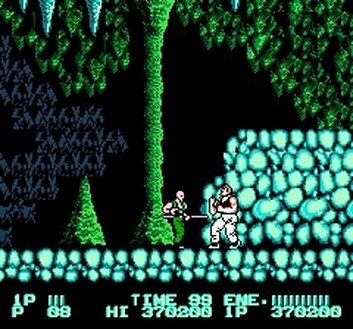
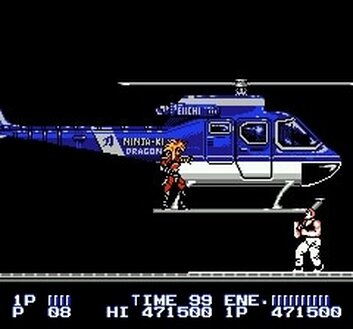
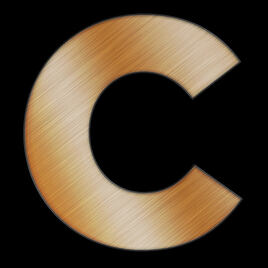
 RSS Feed
RSS Feed
